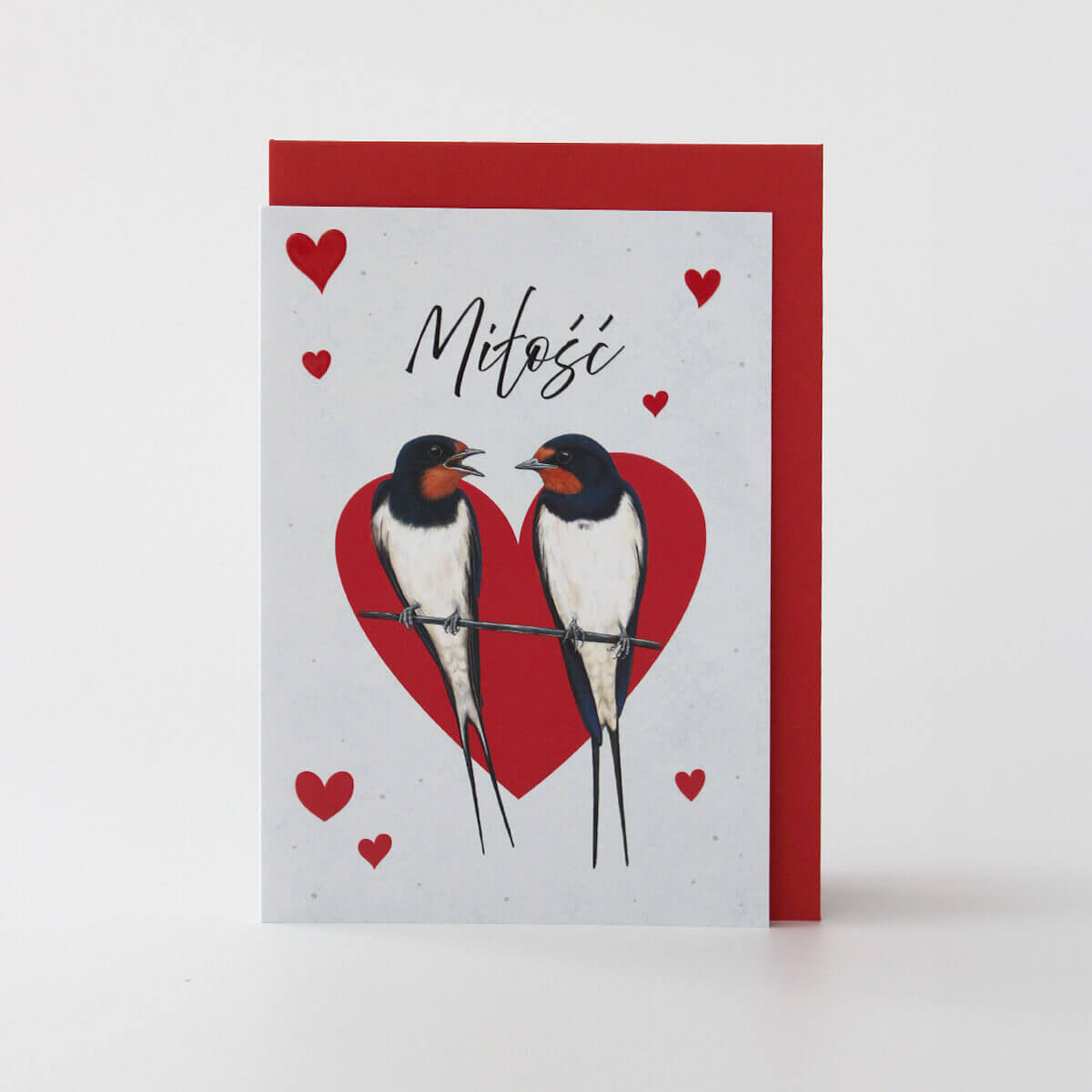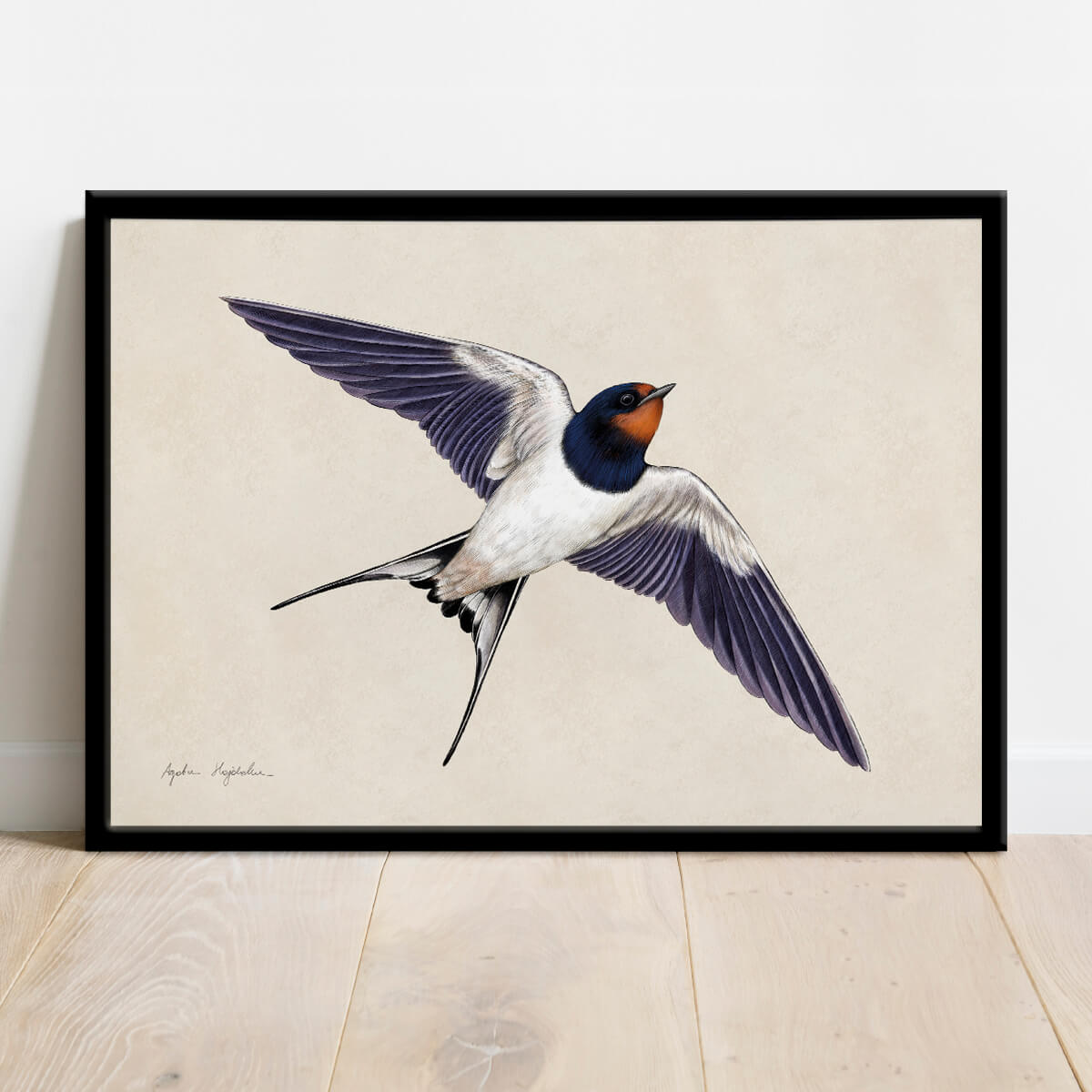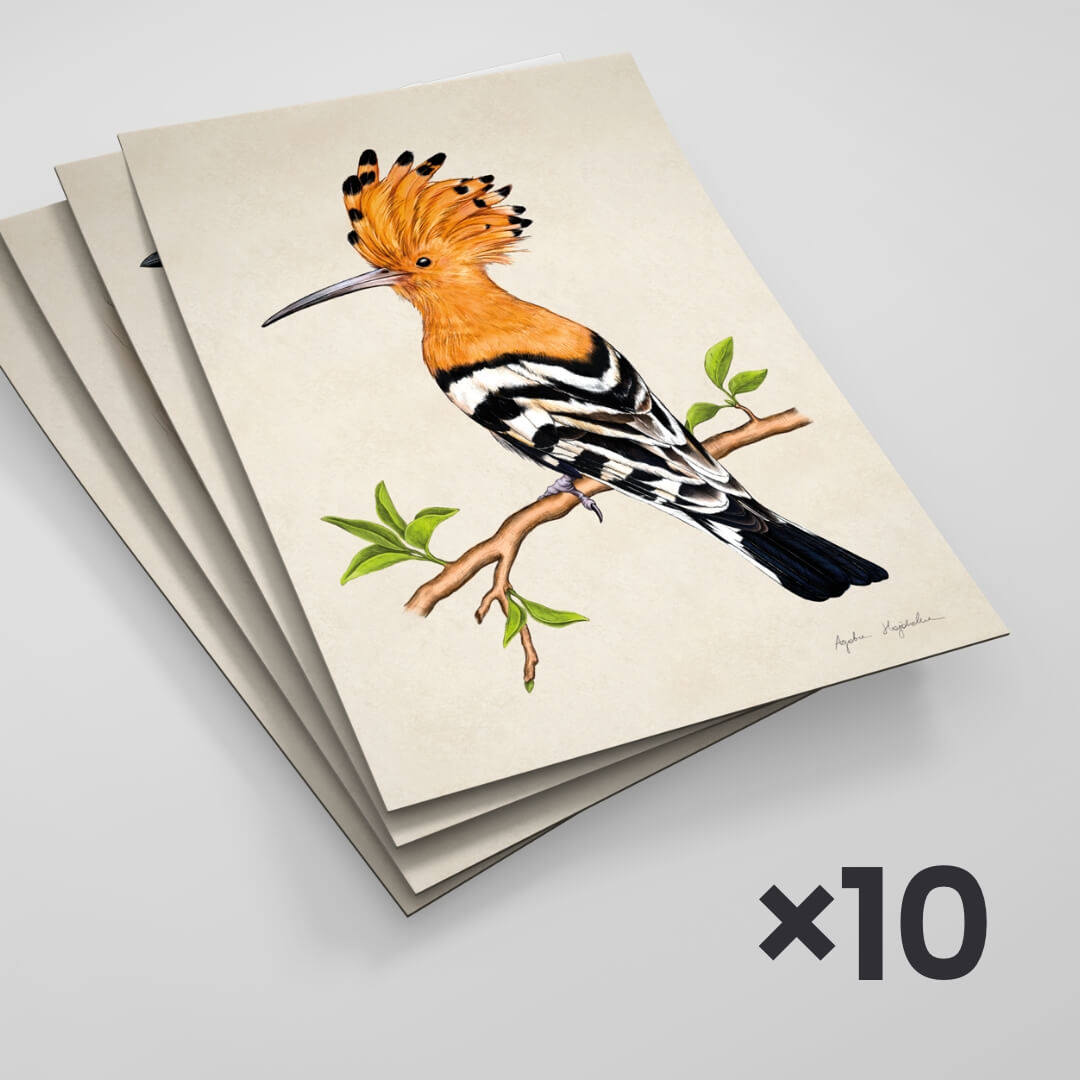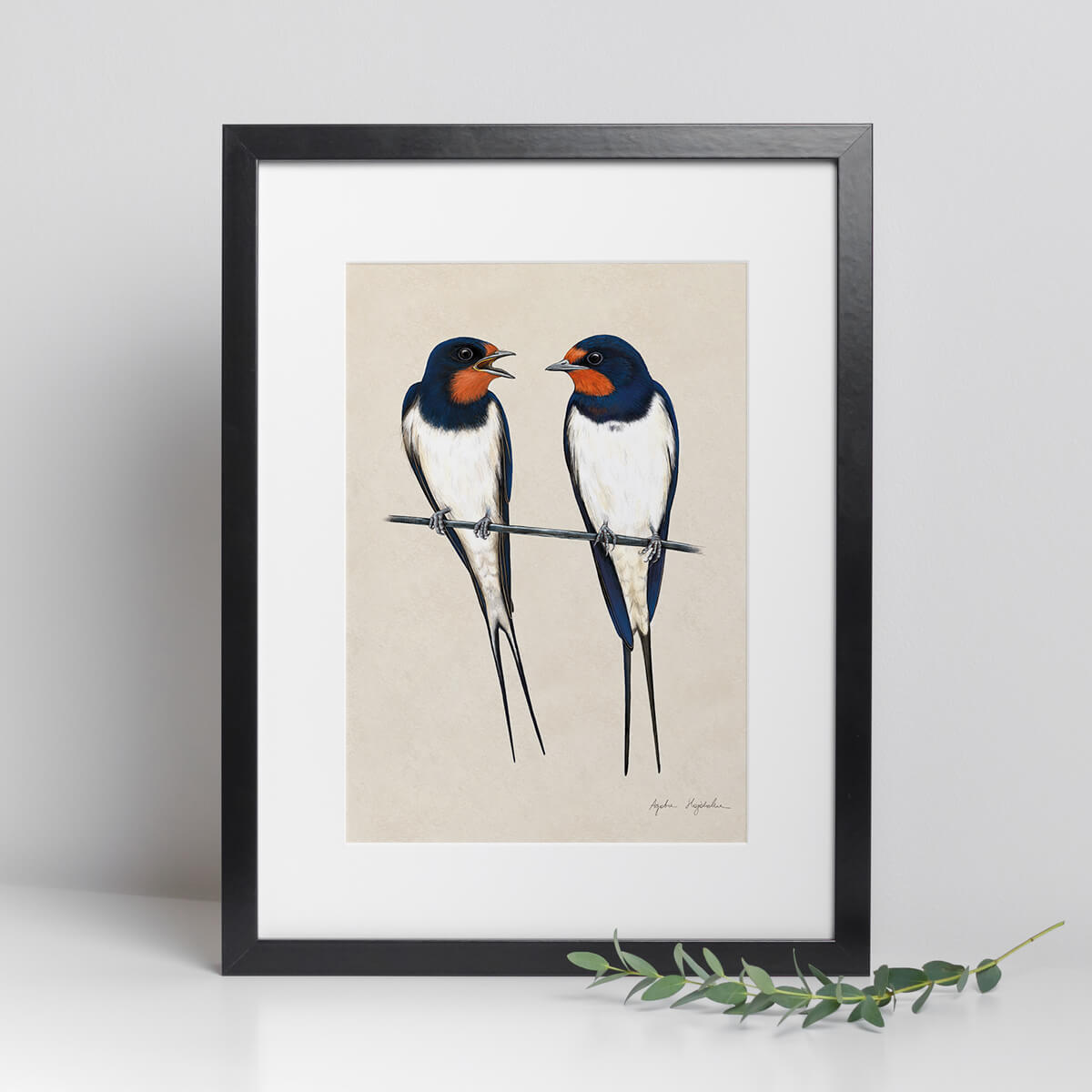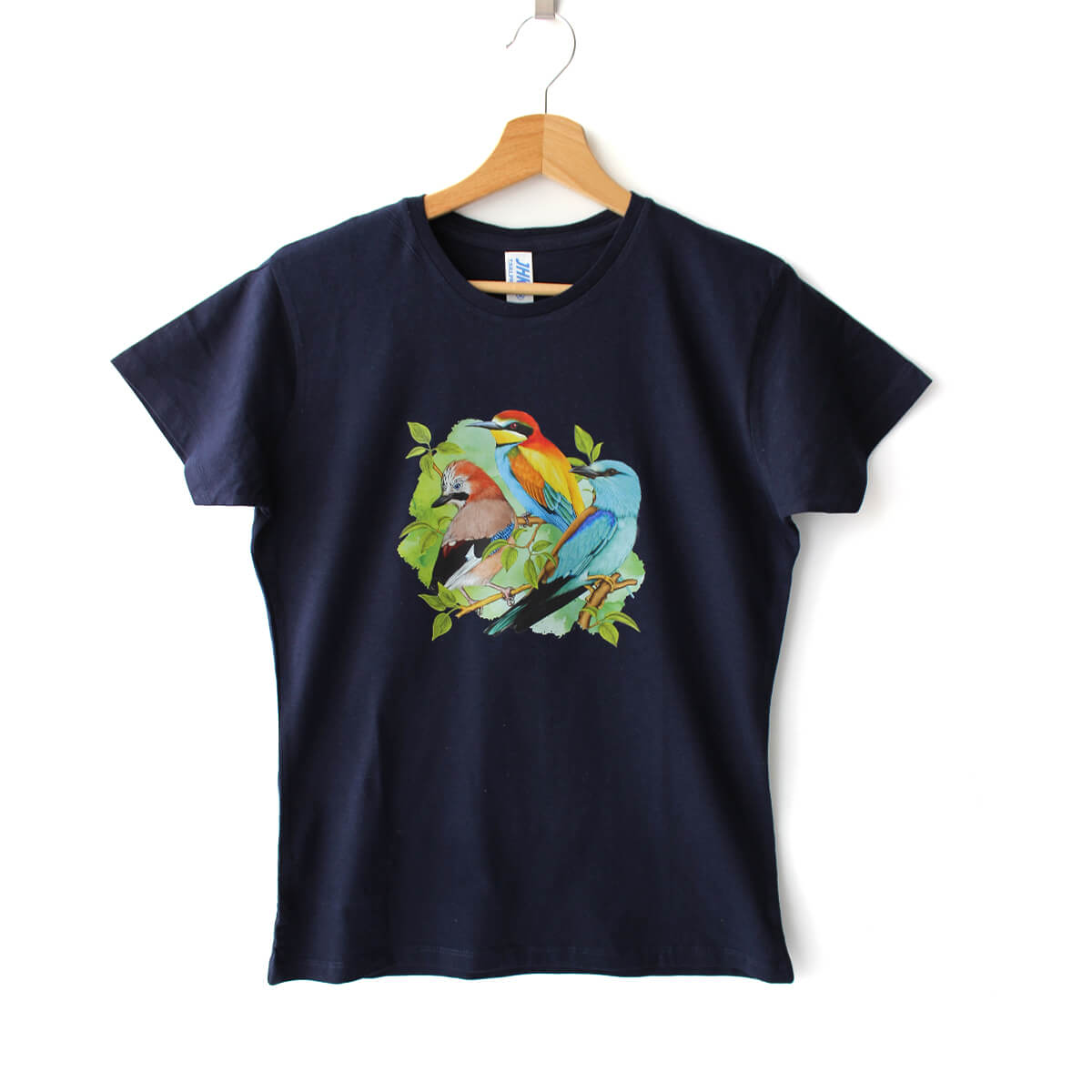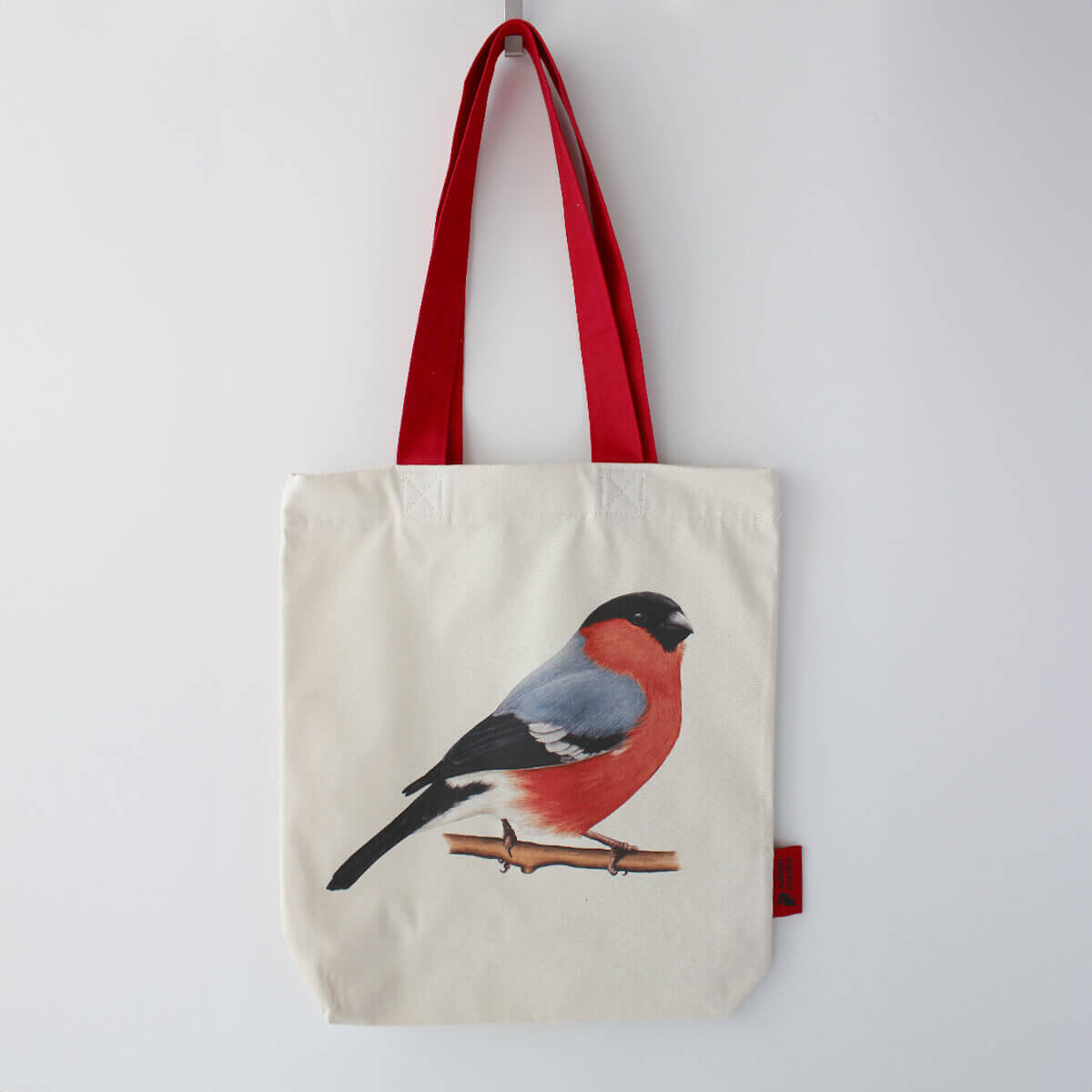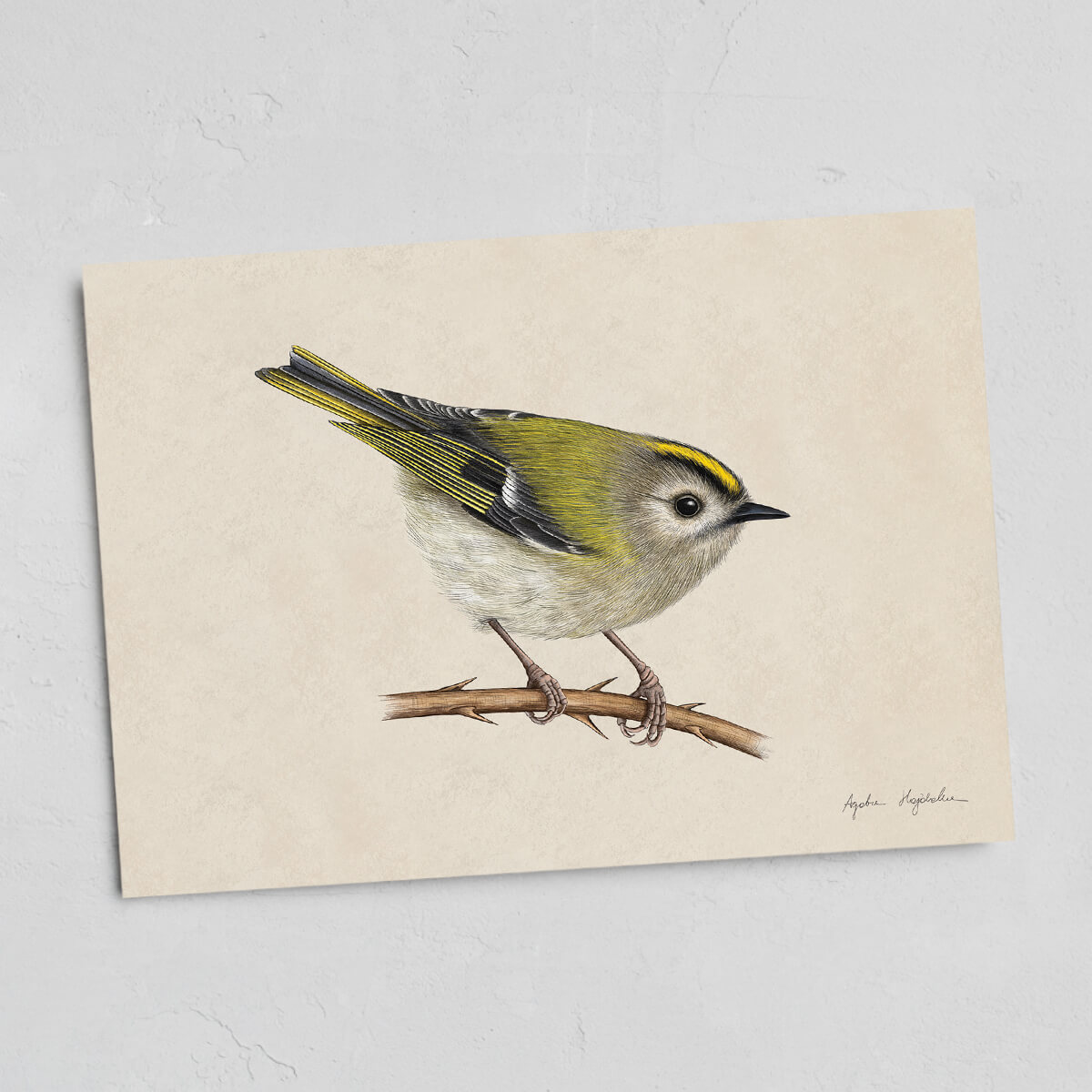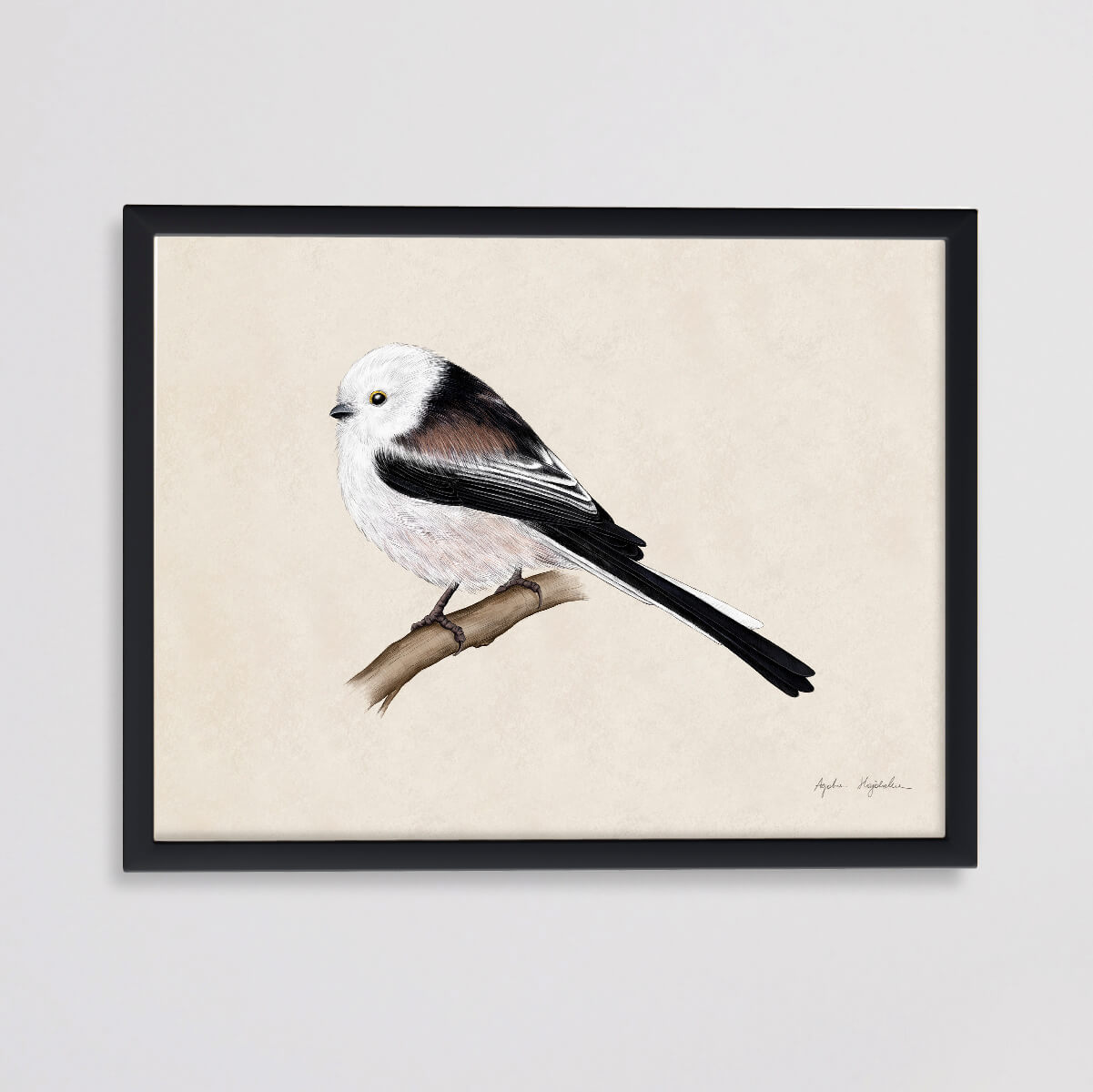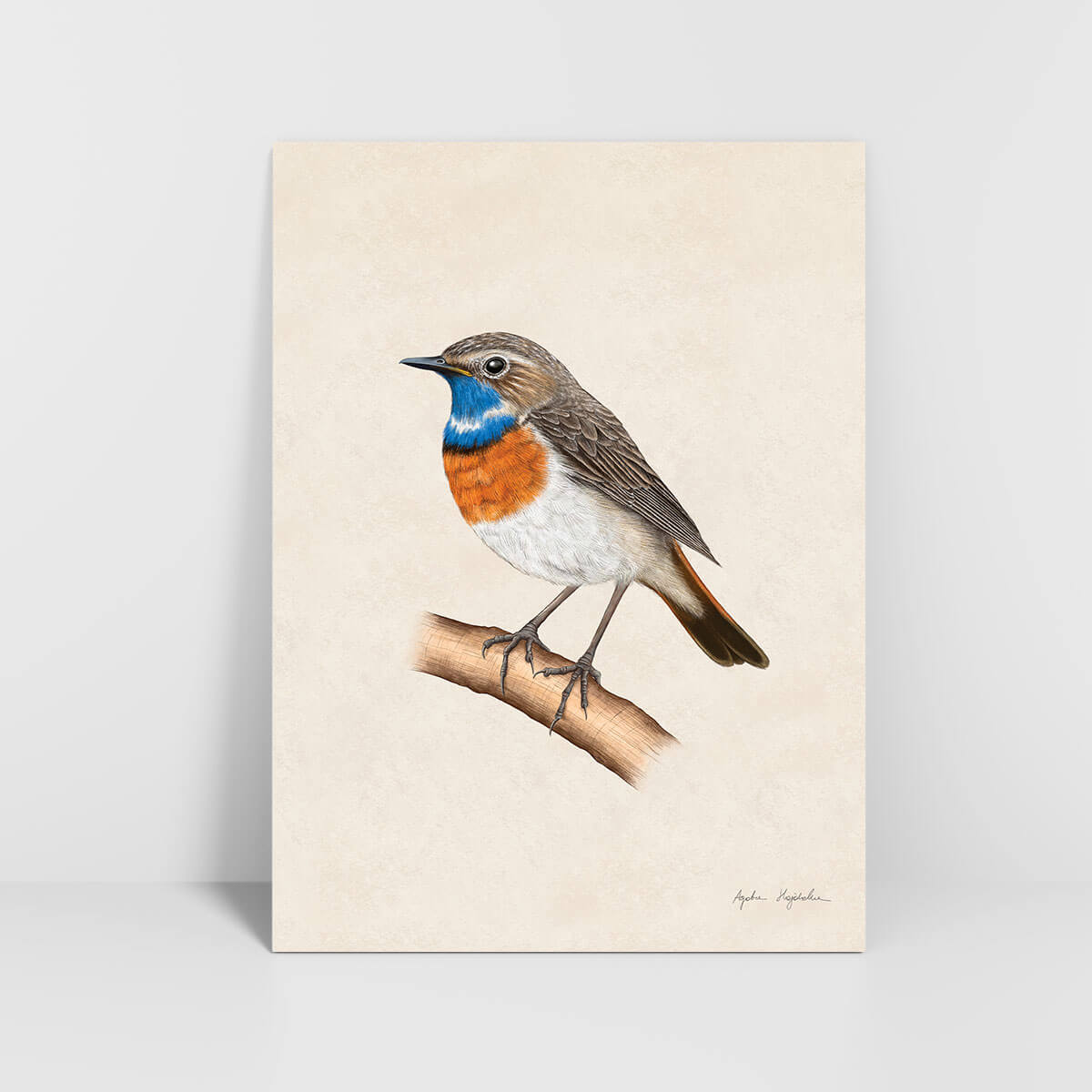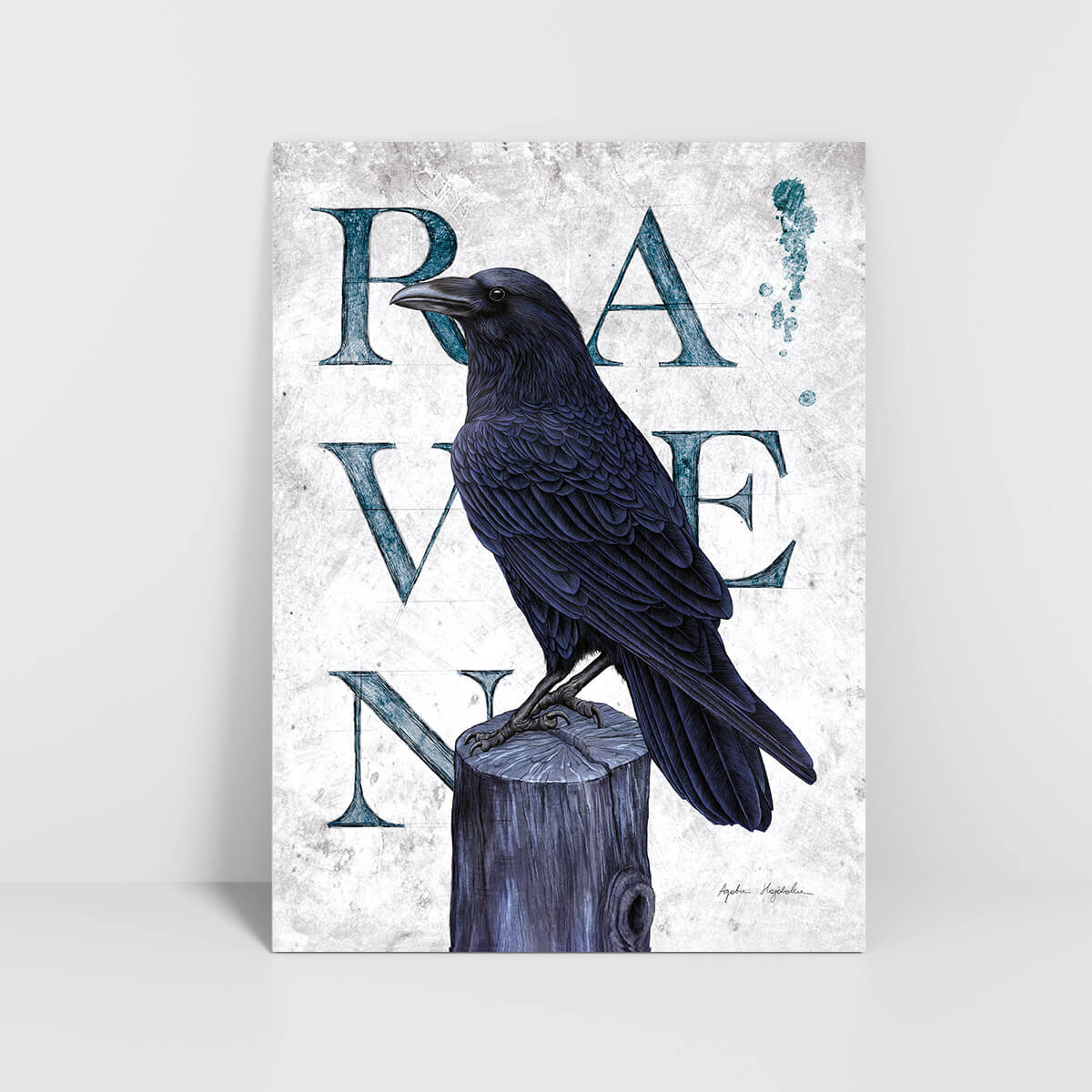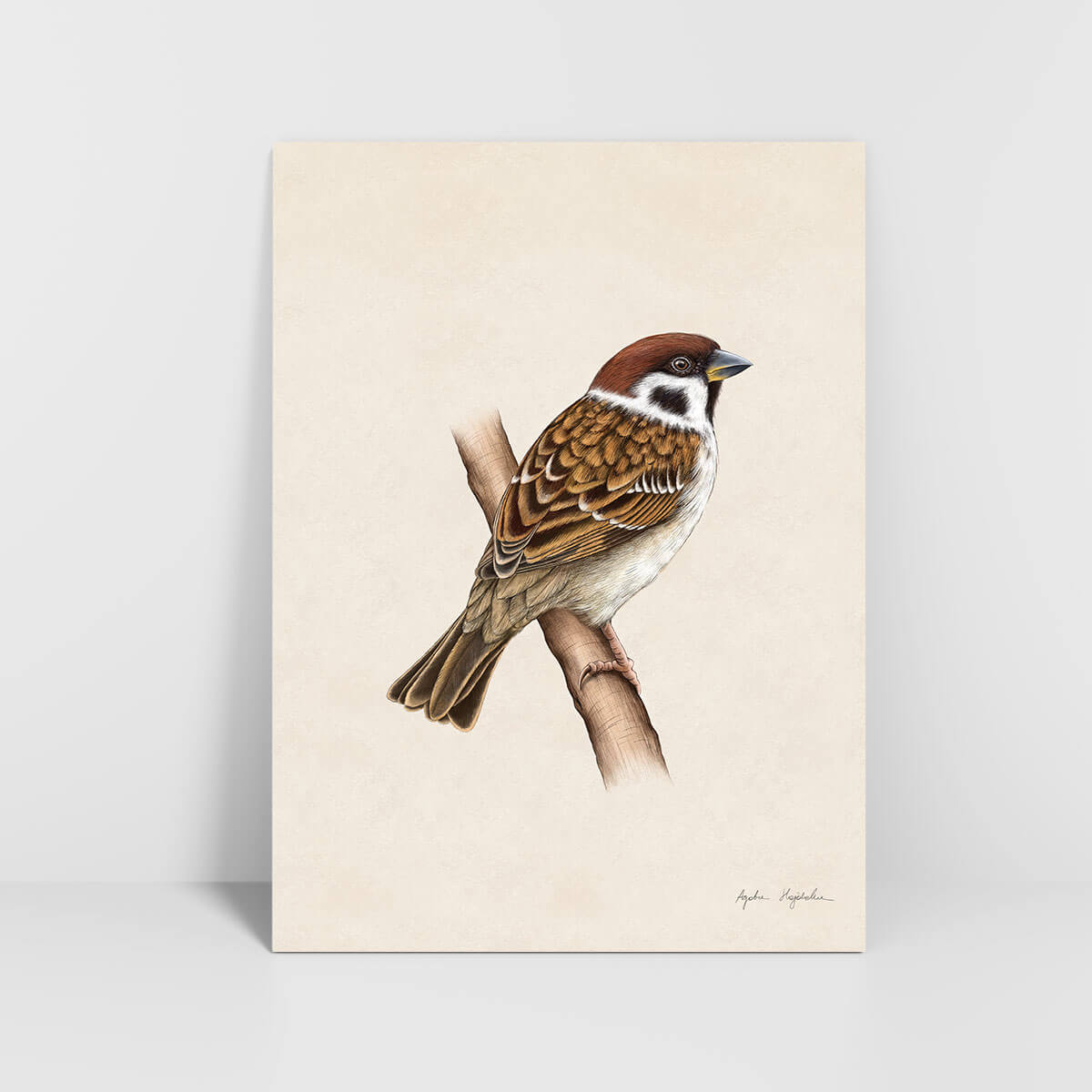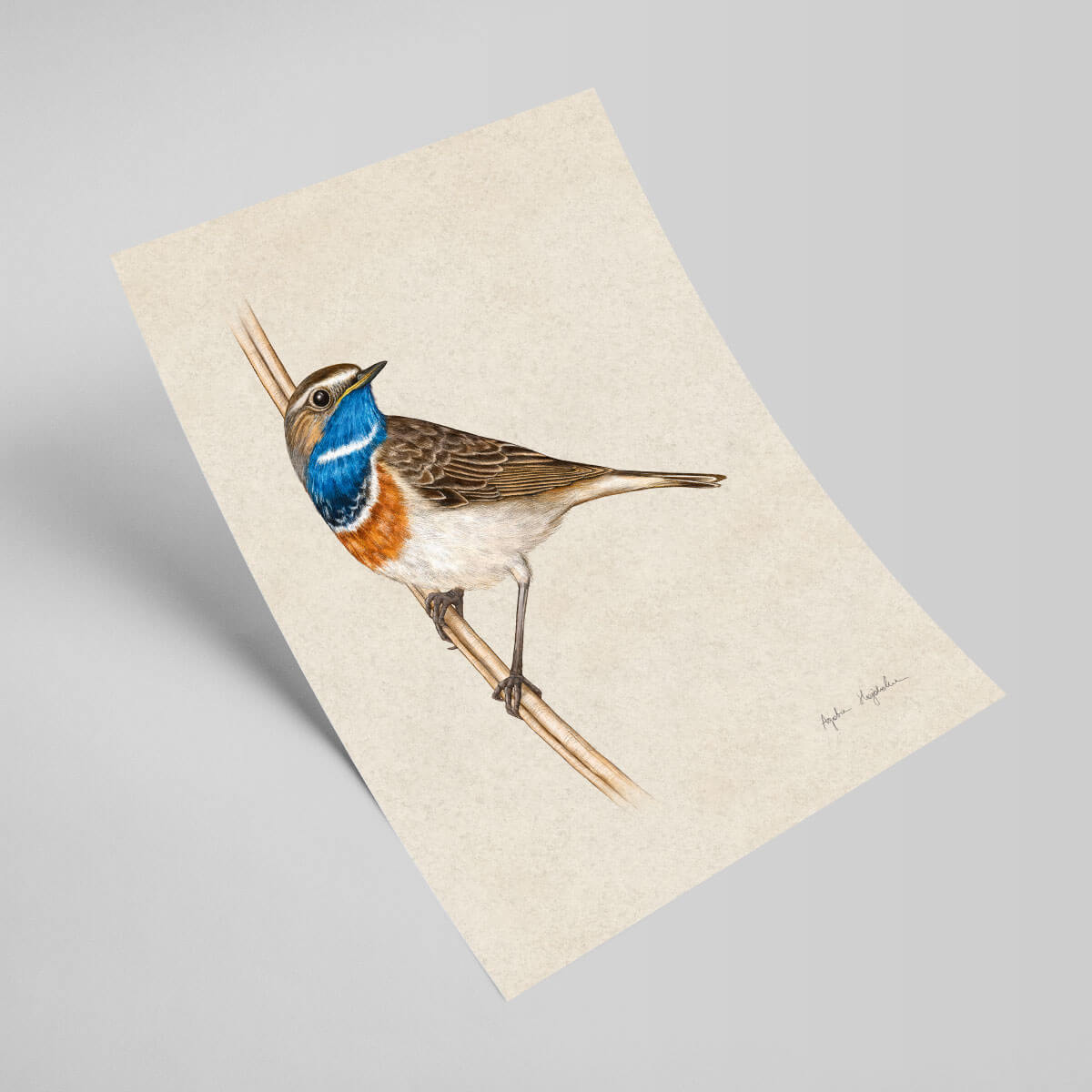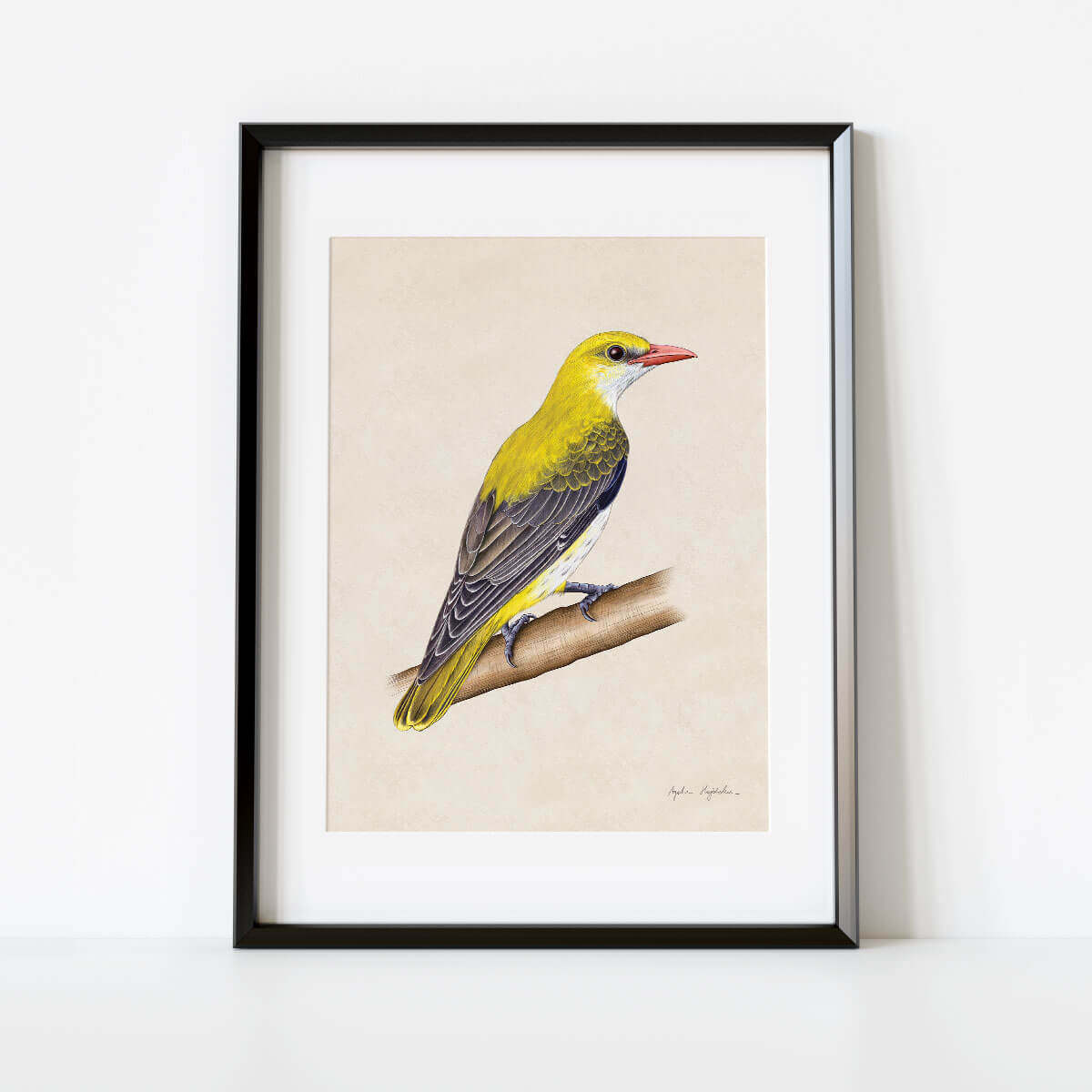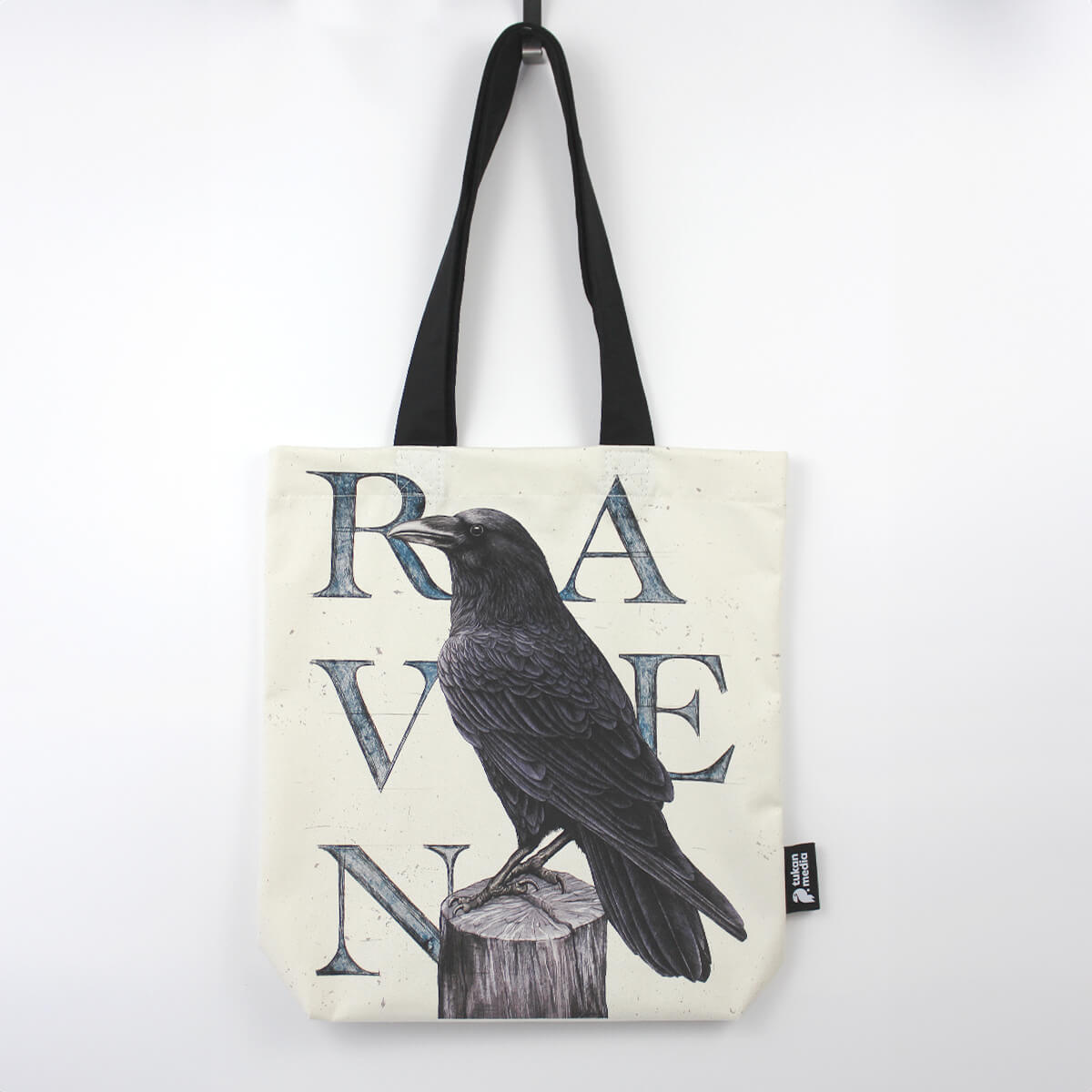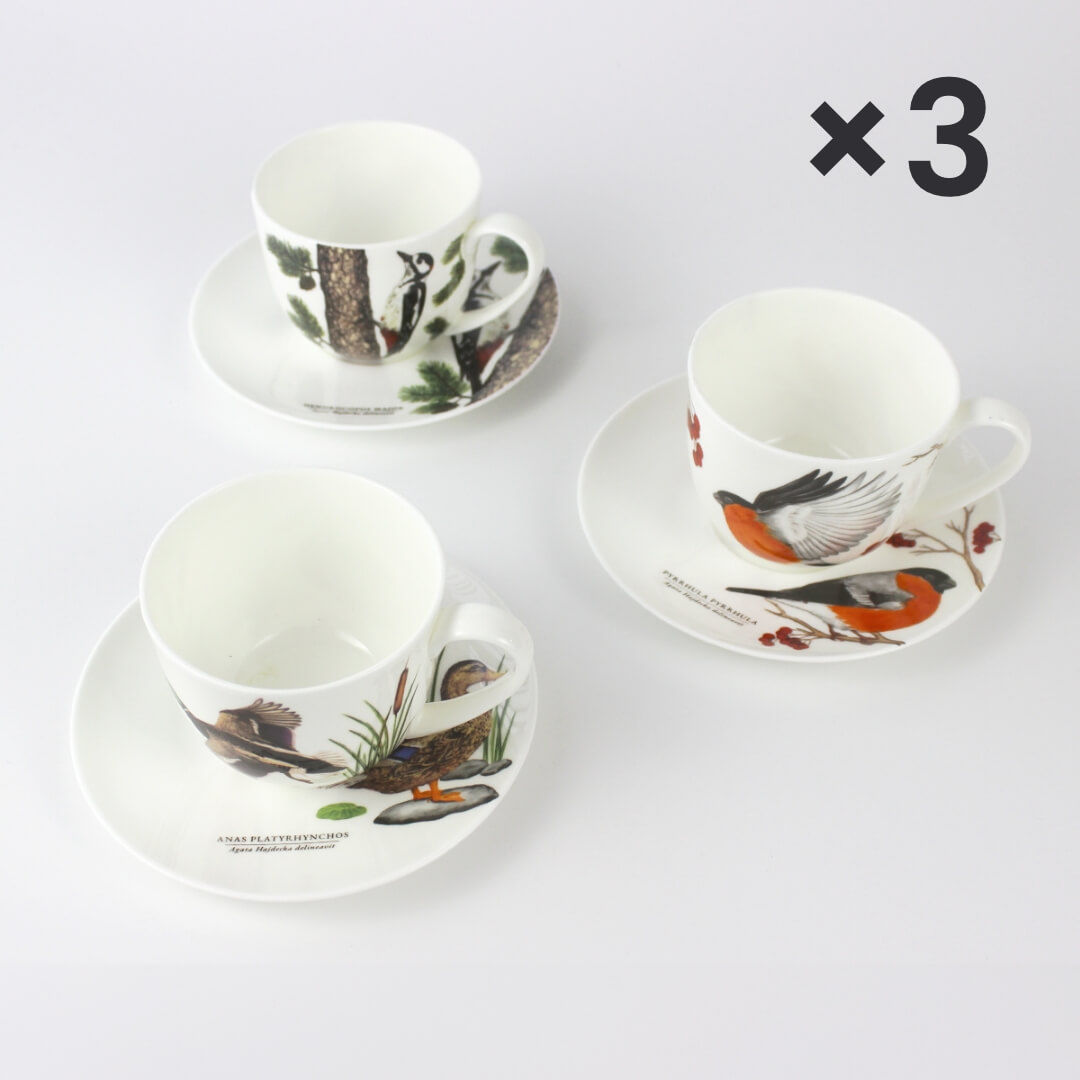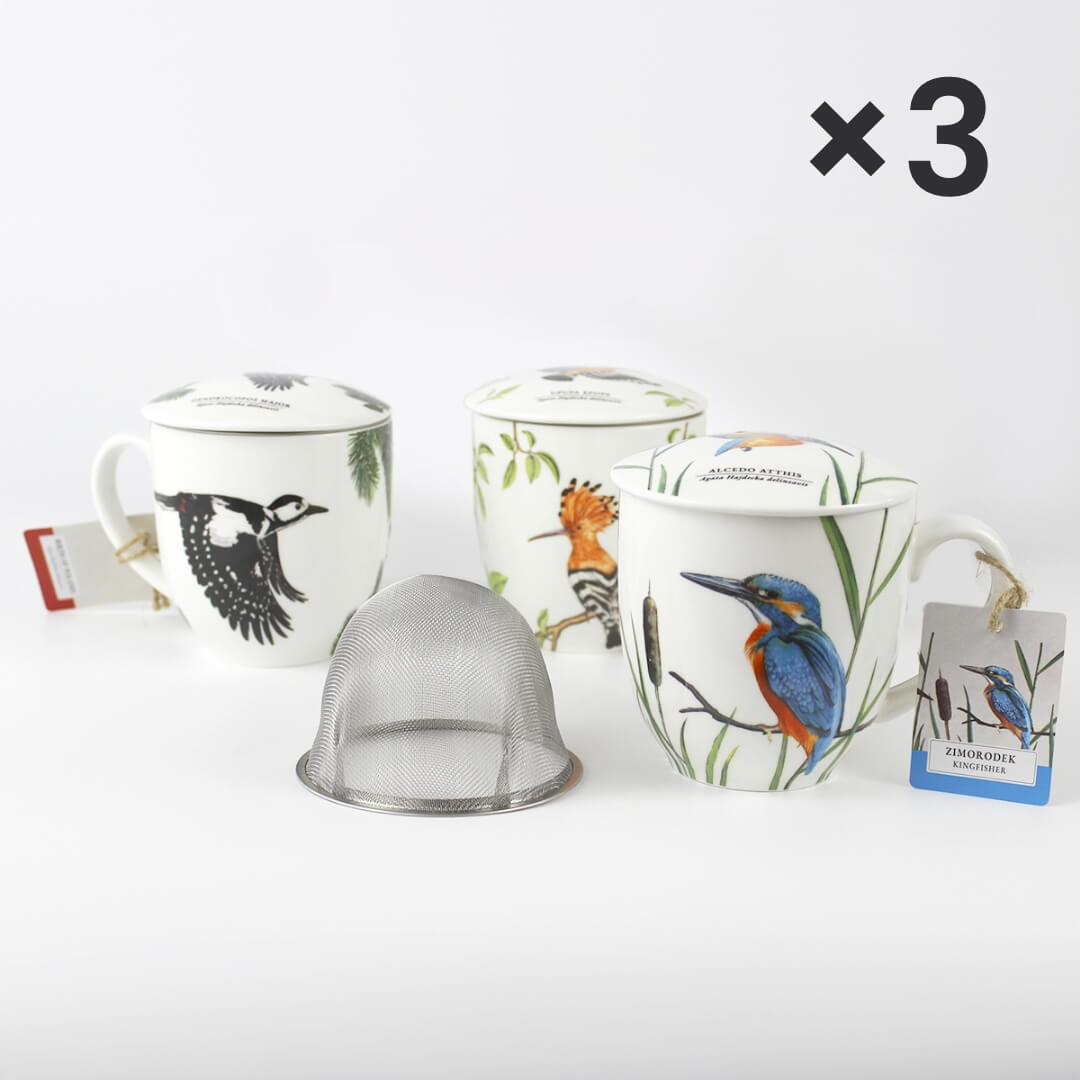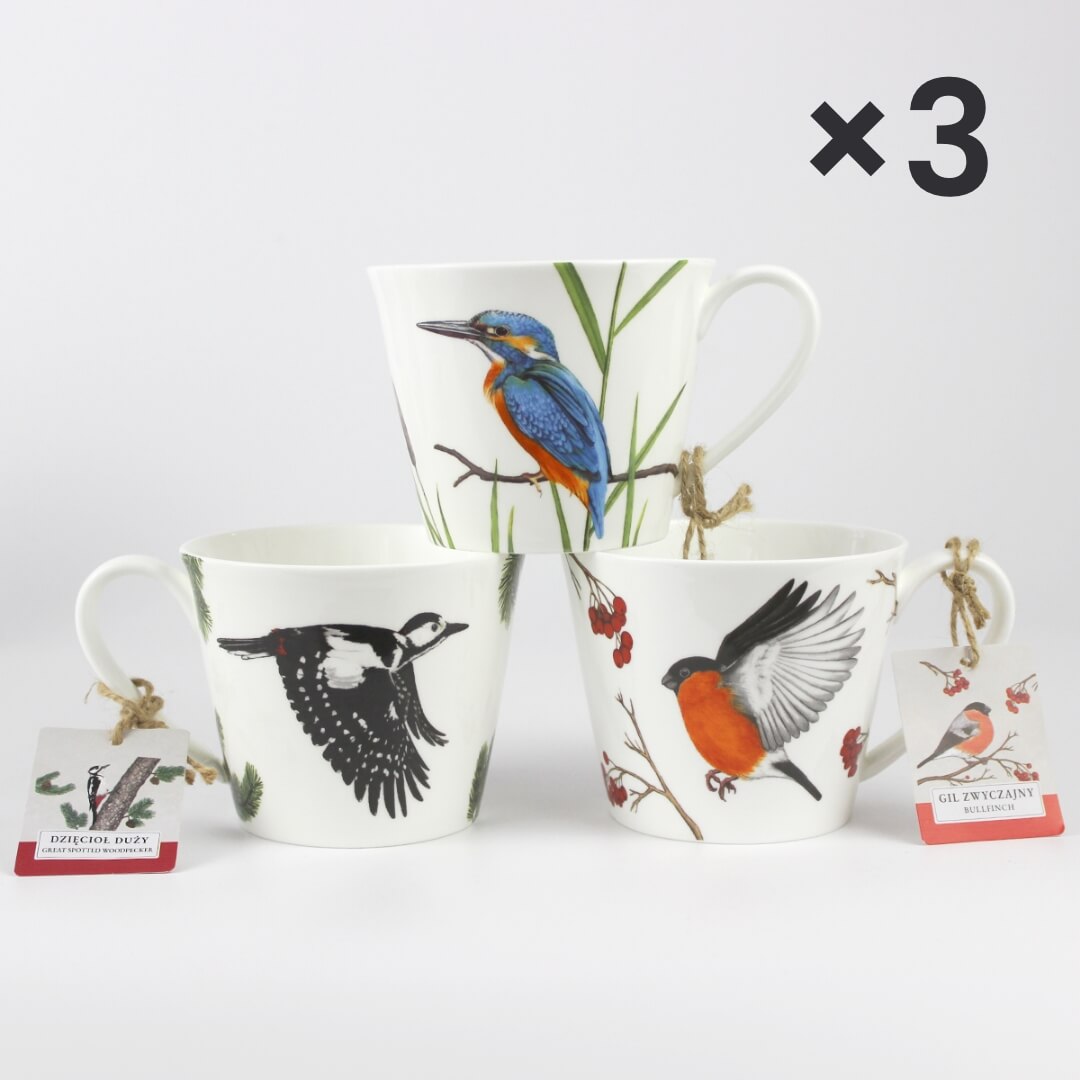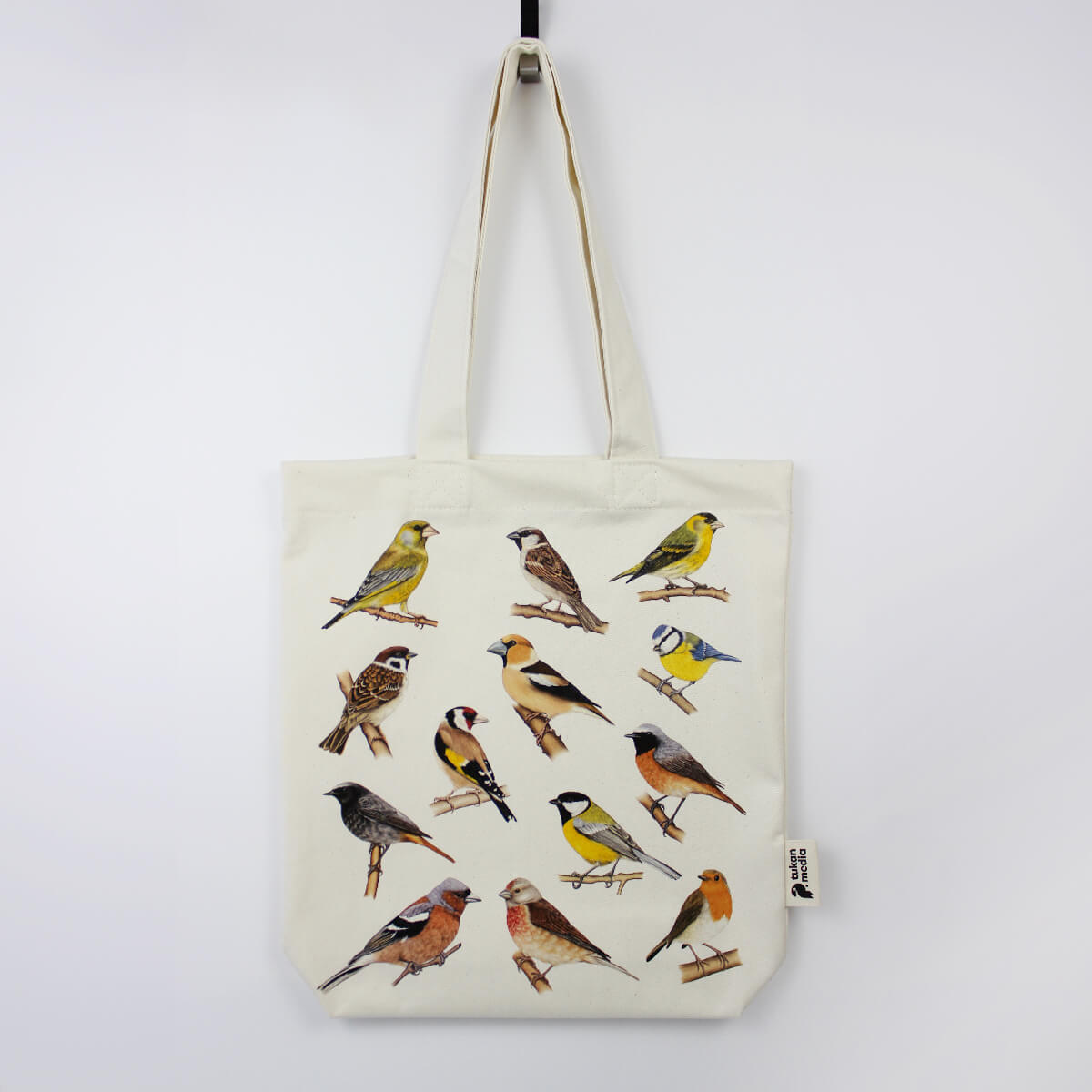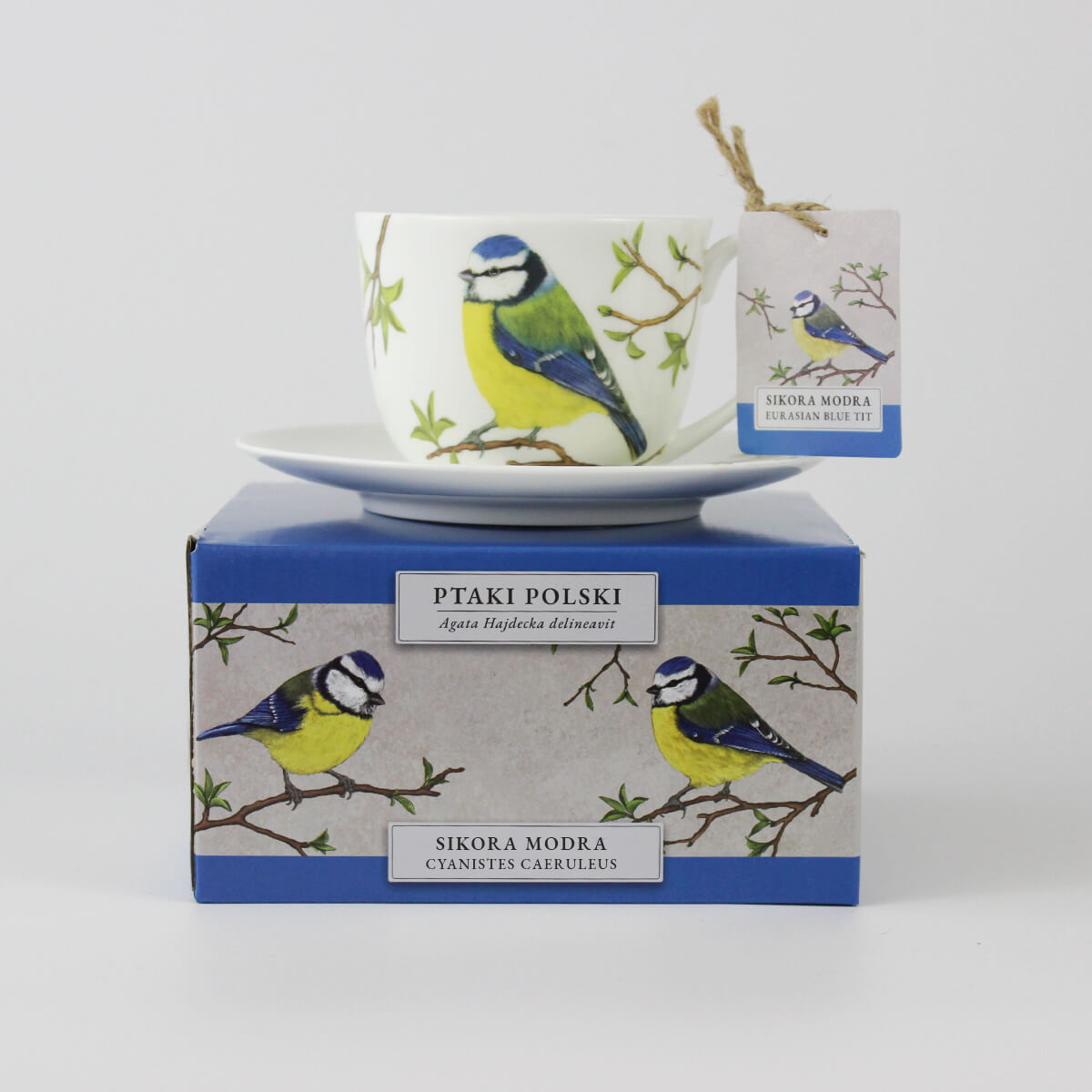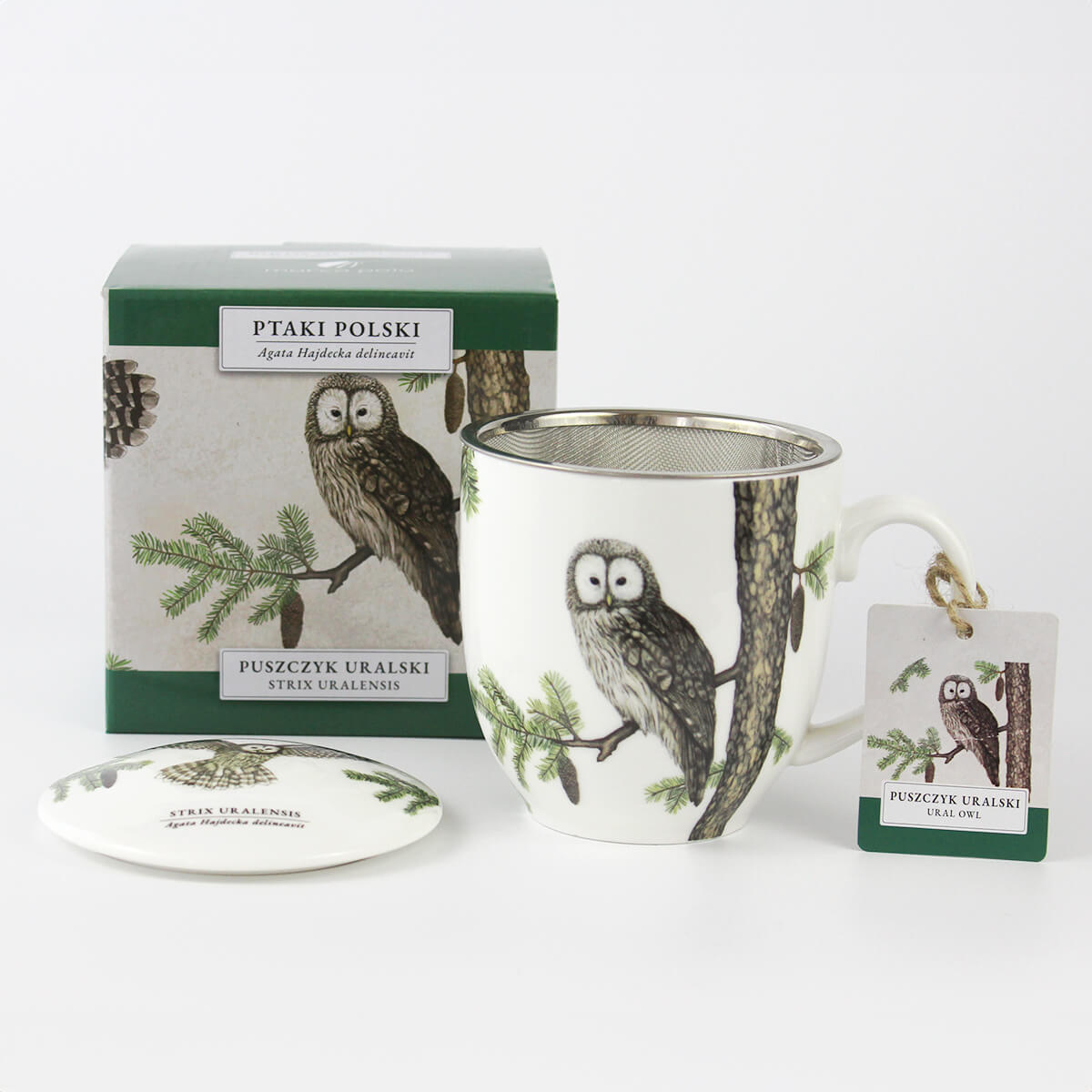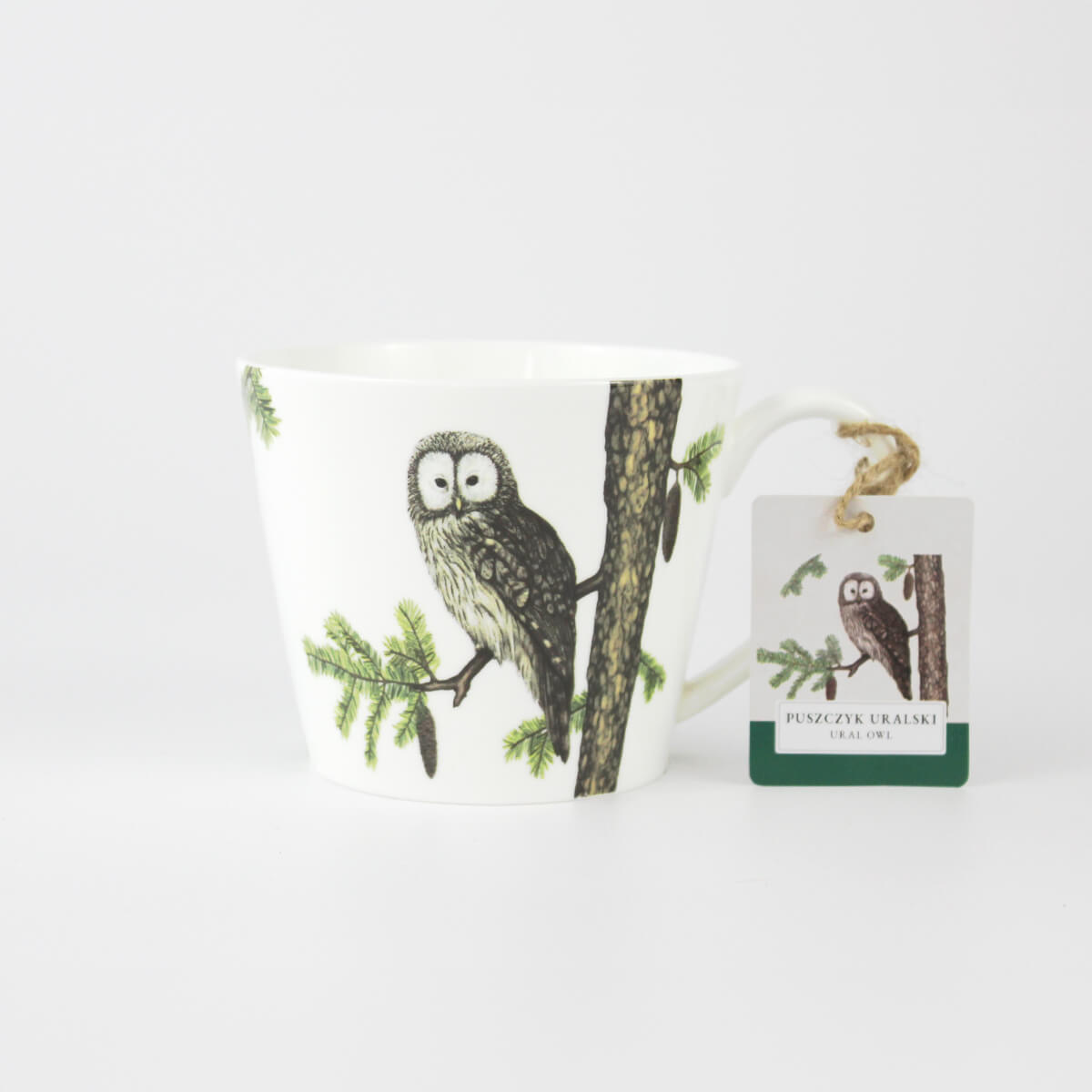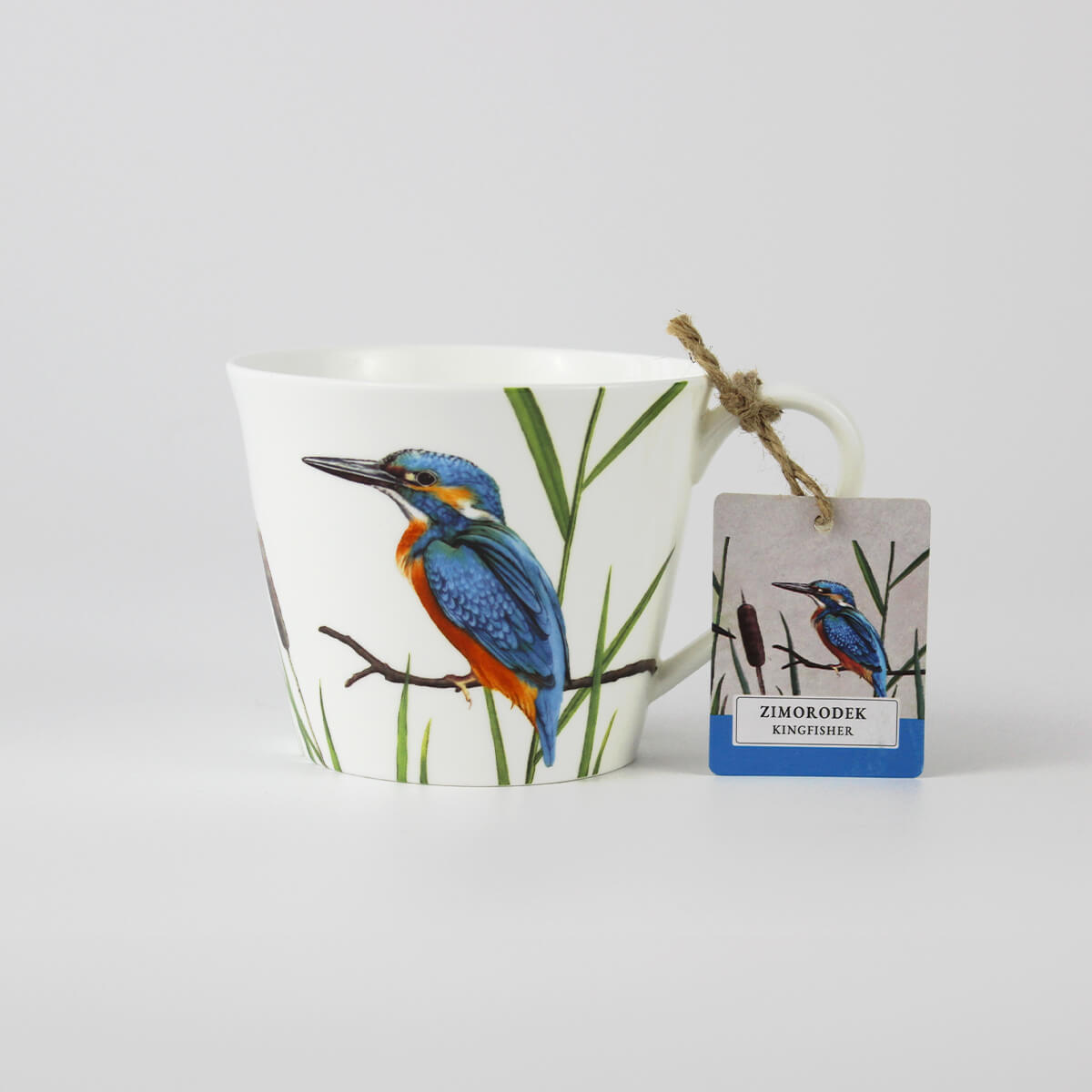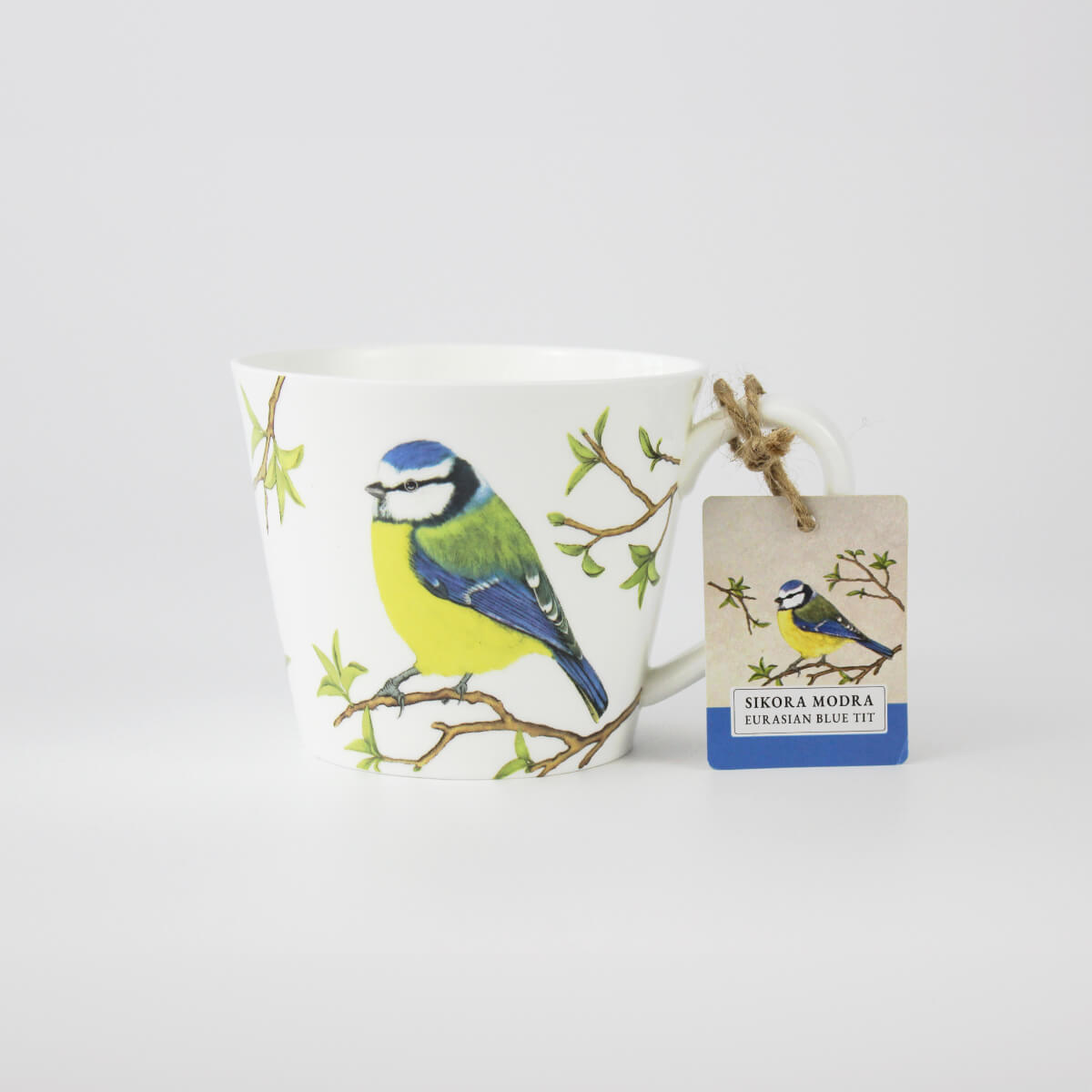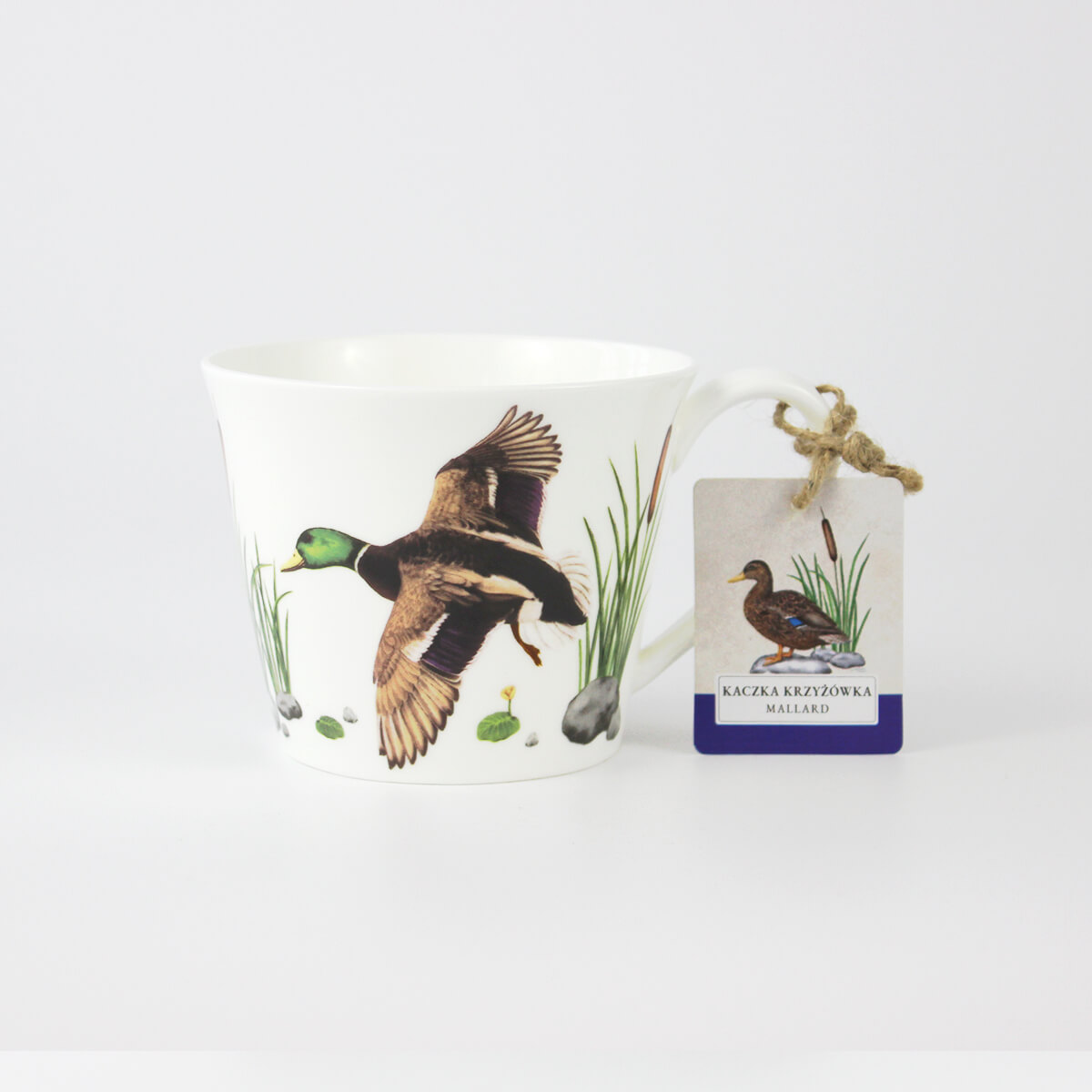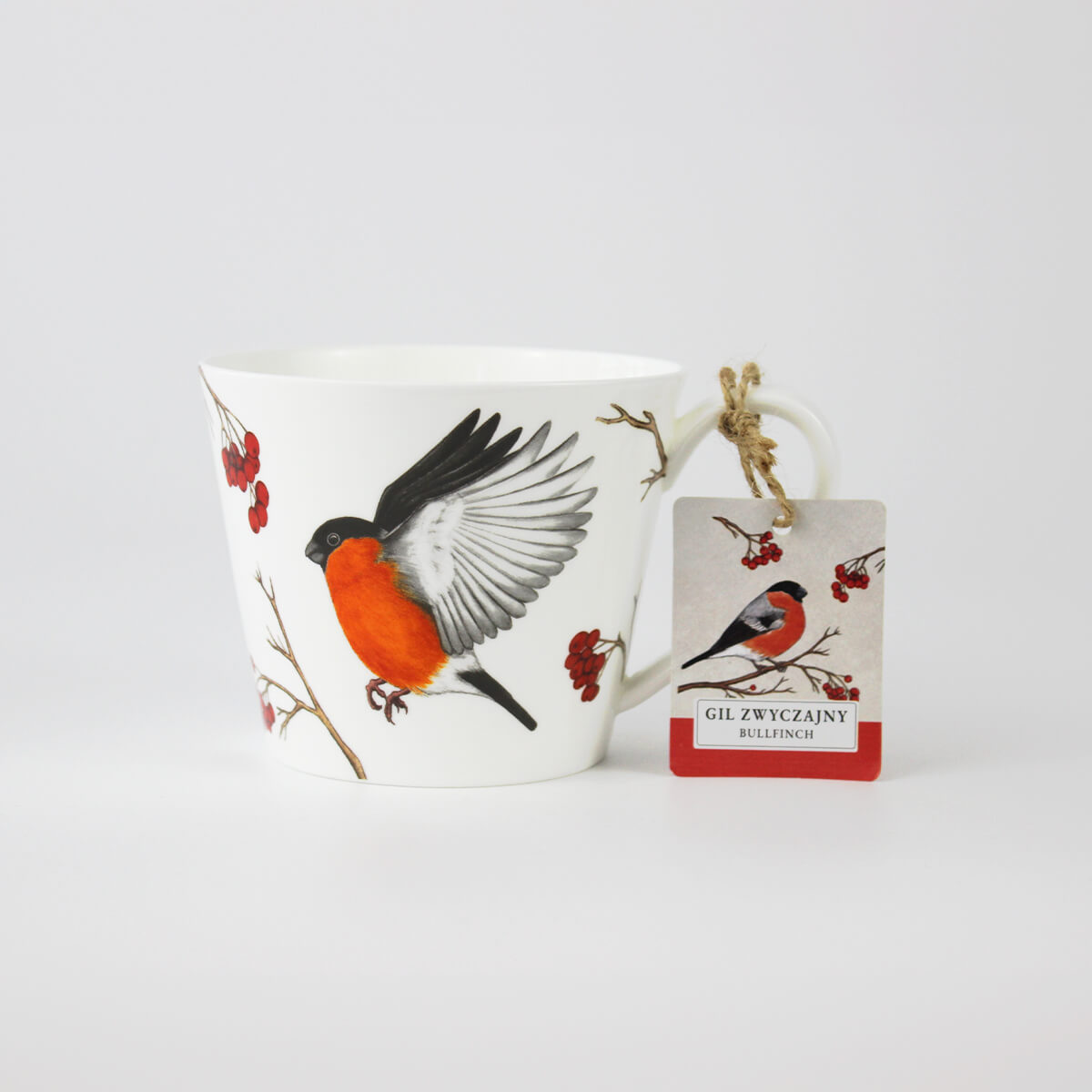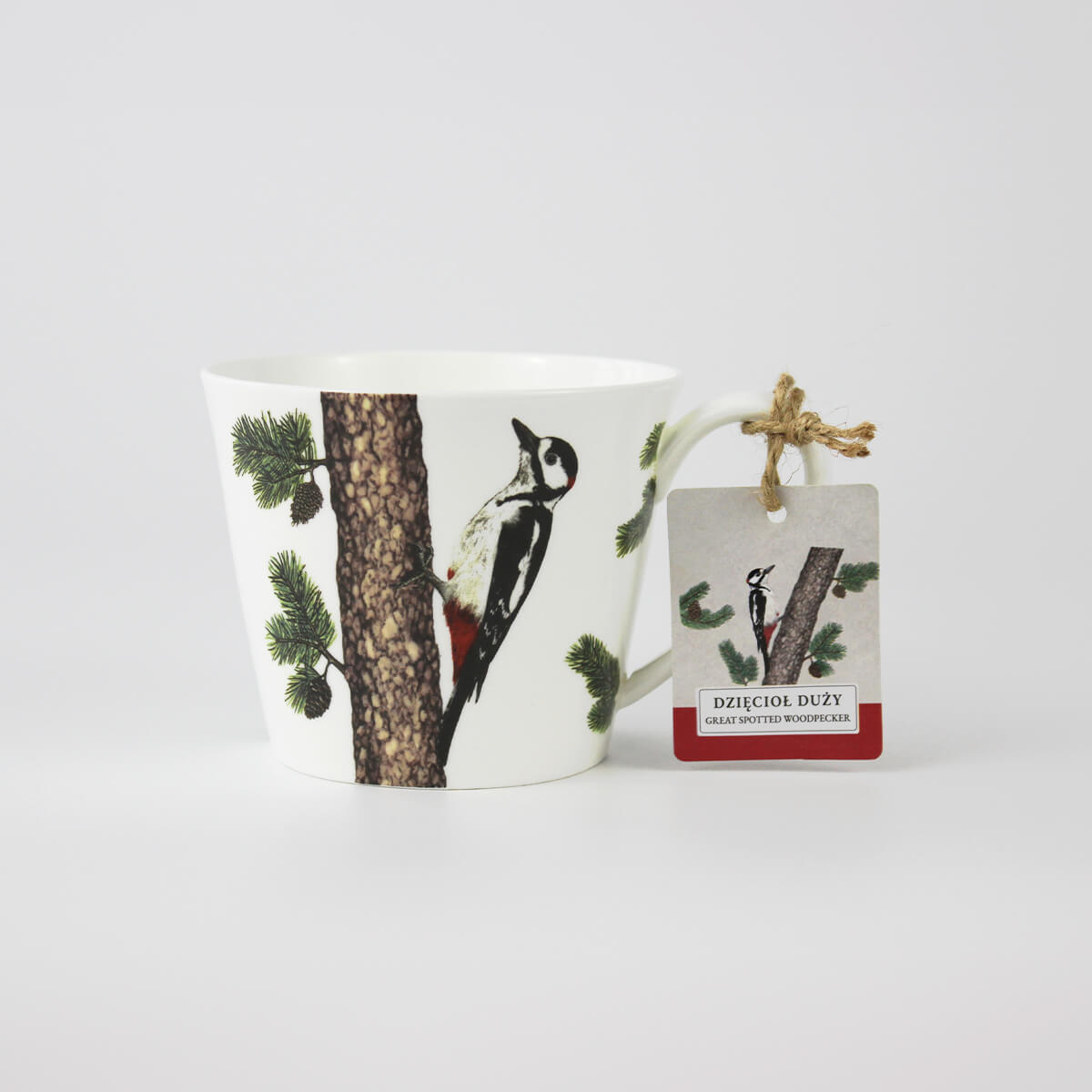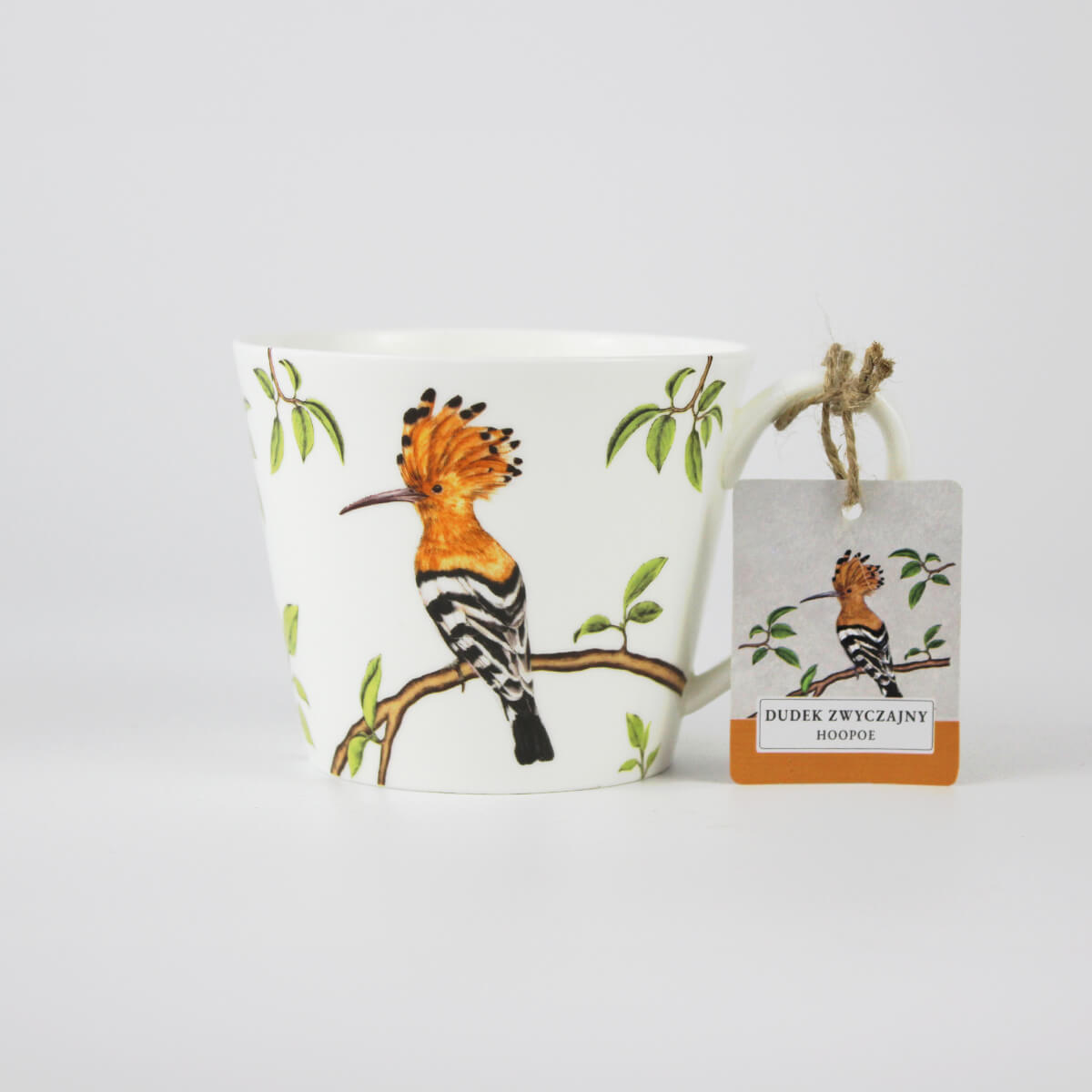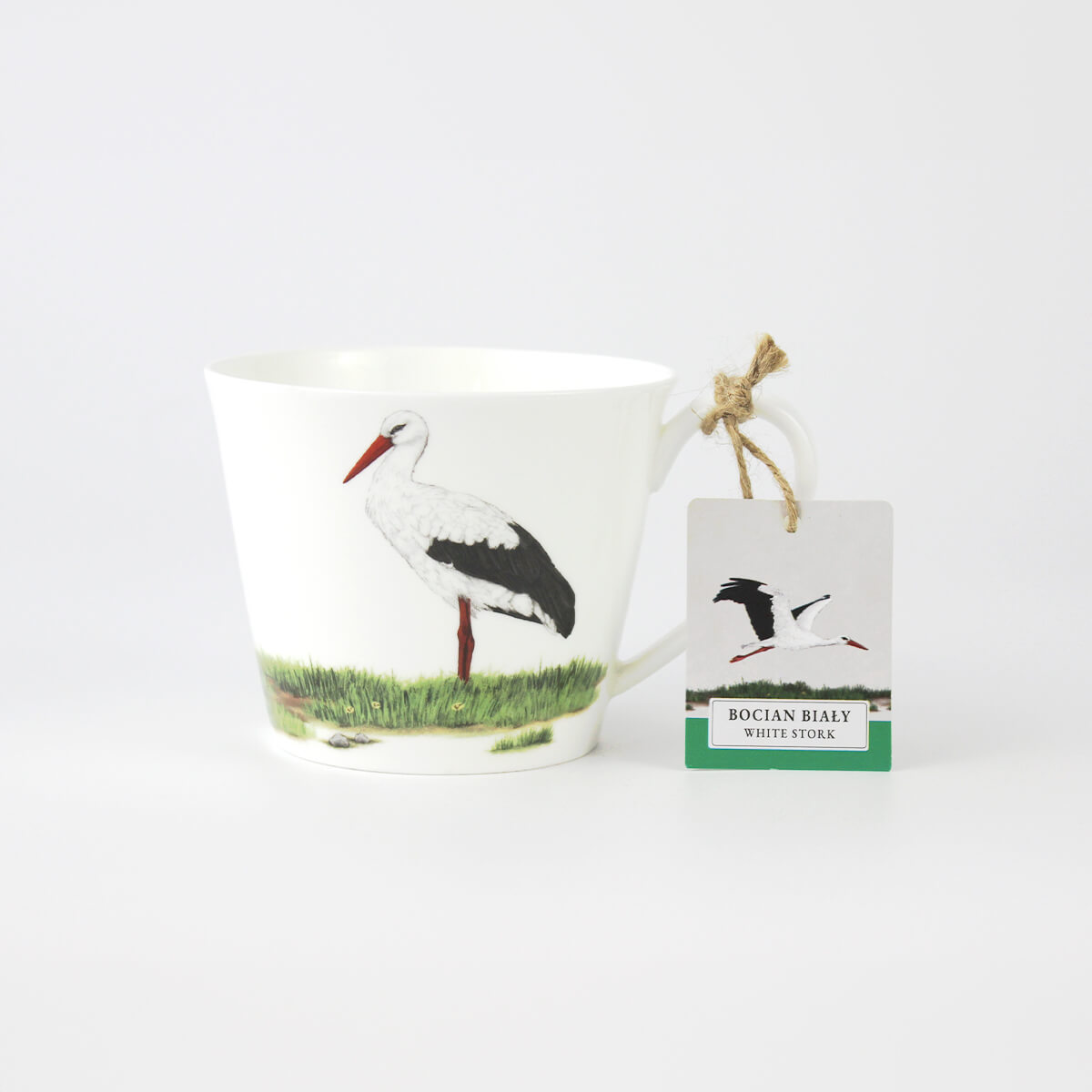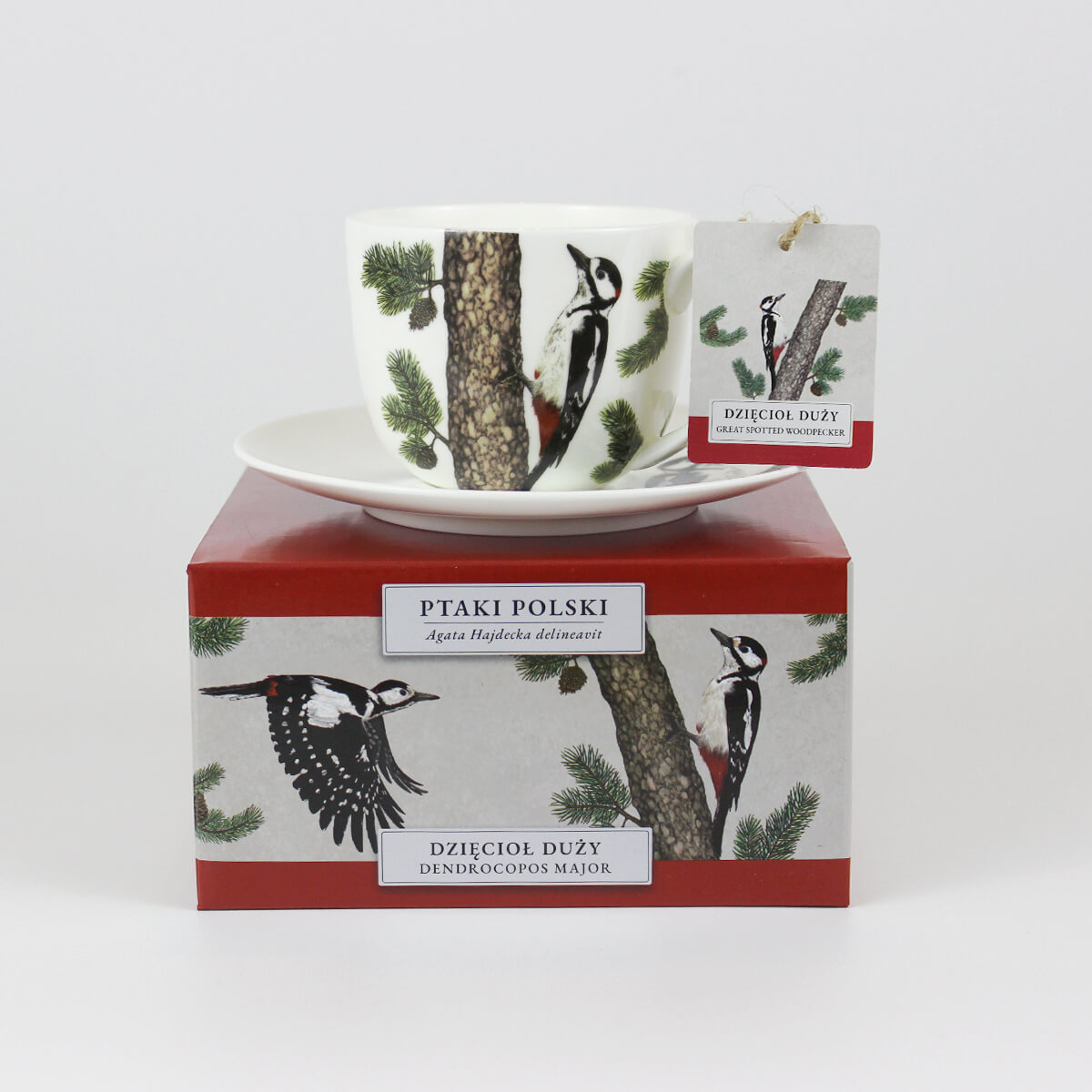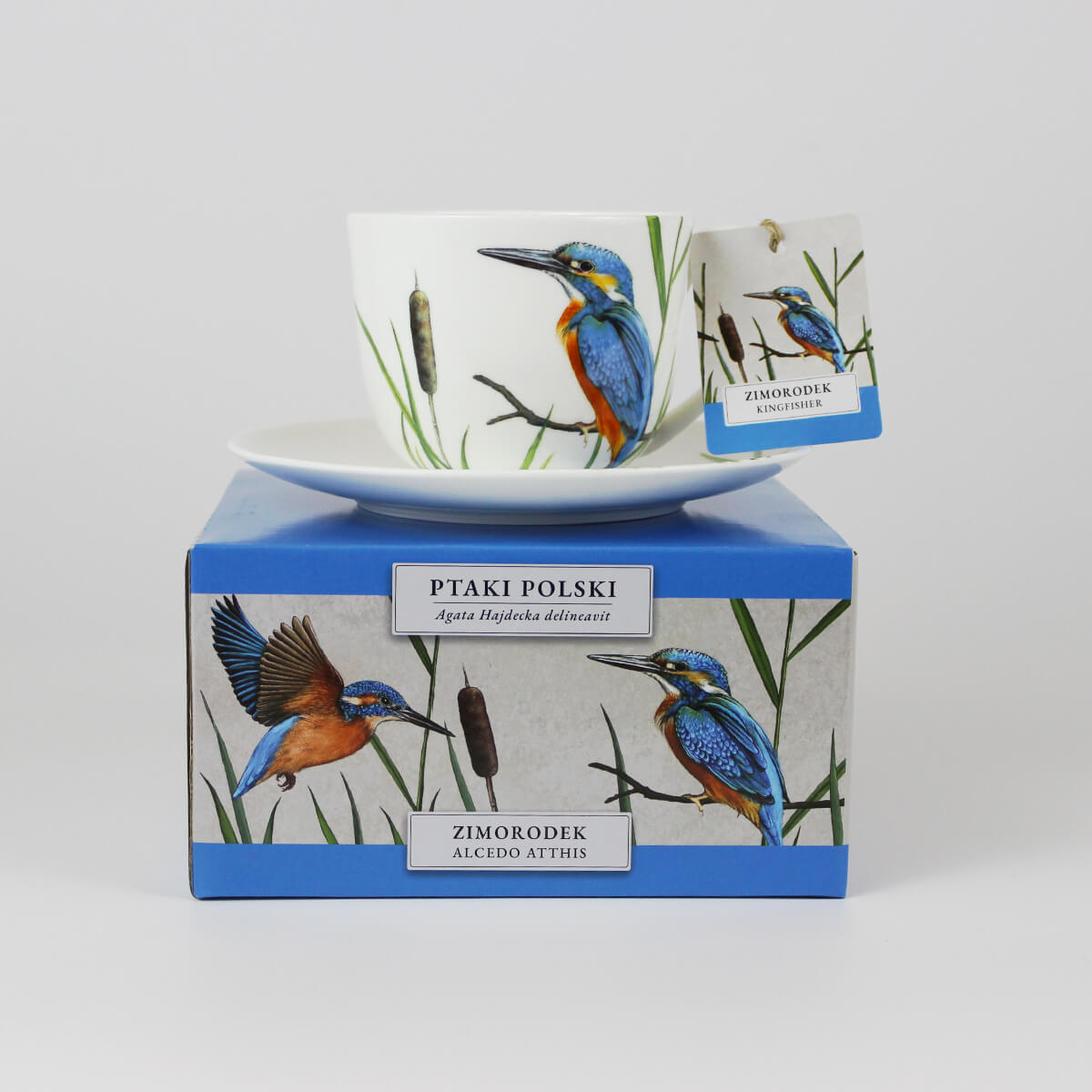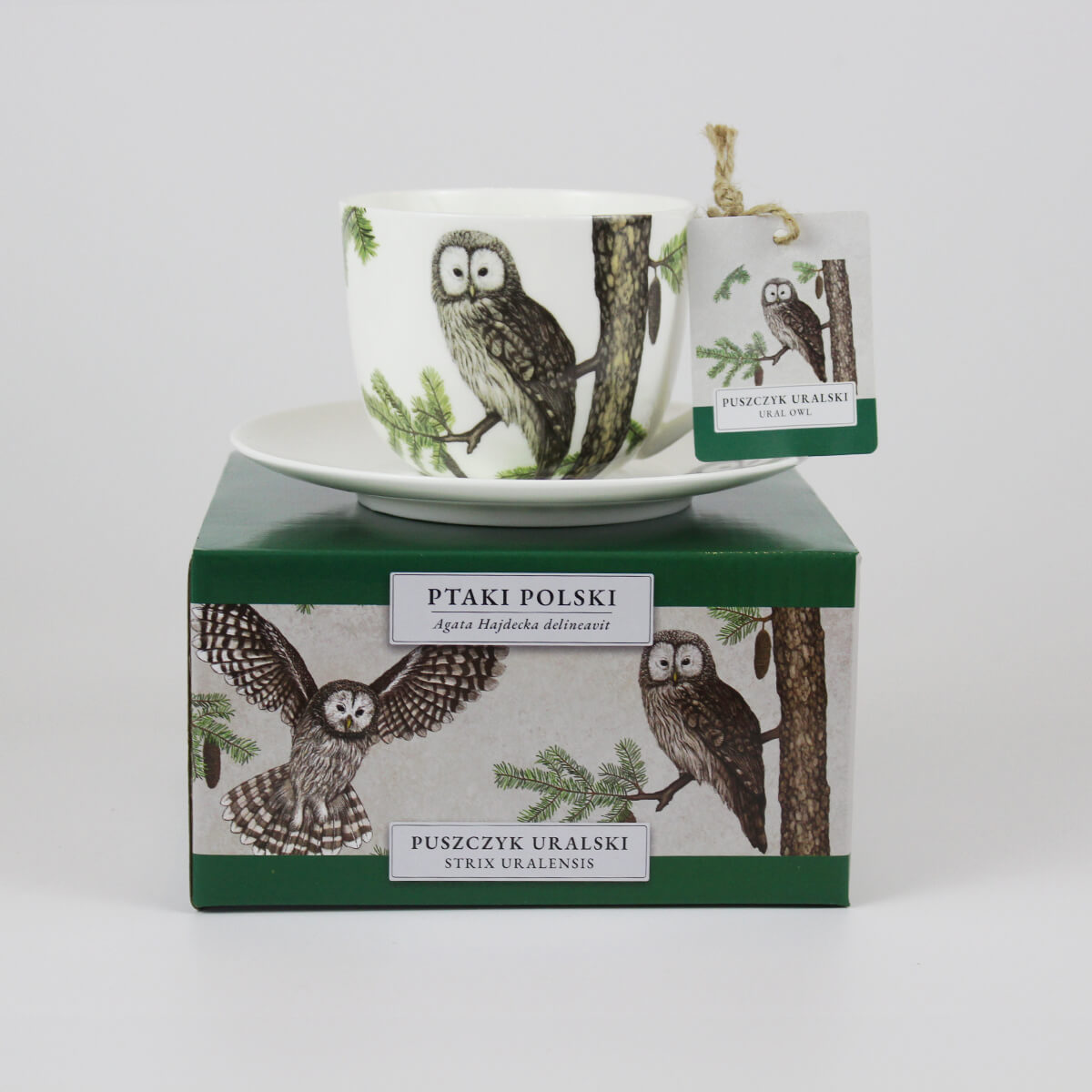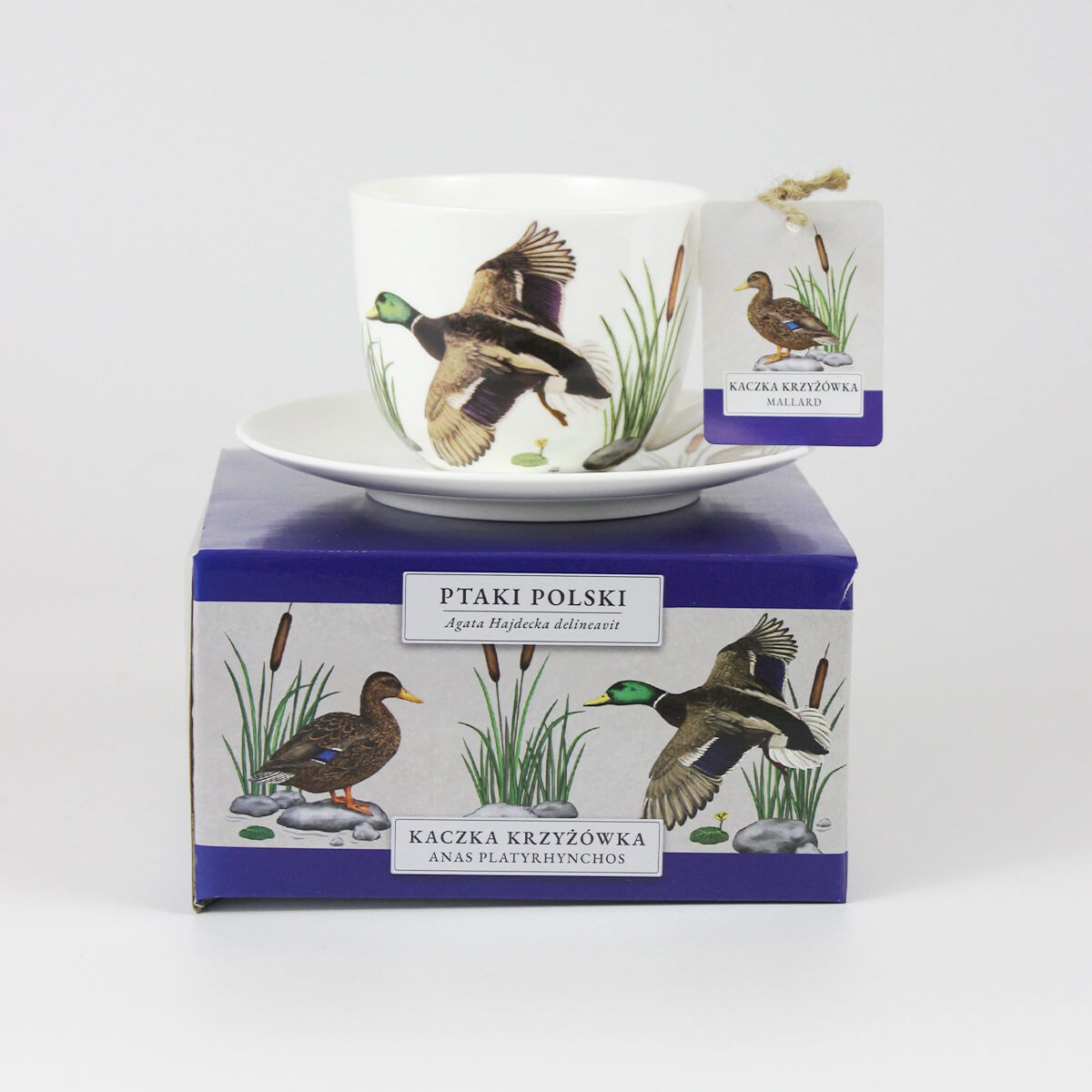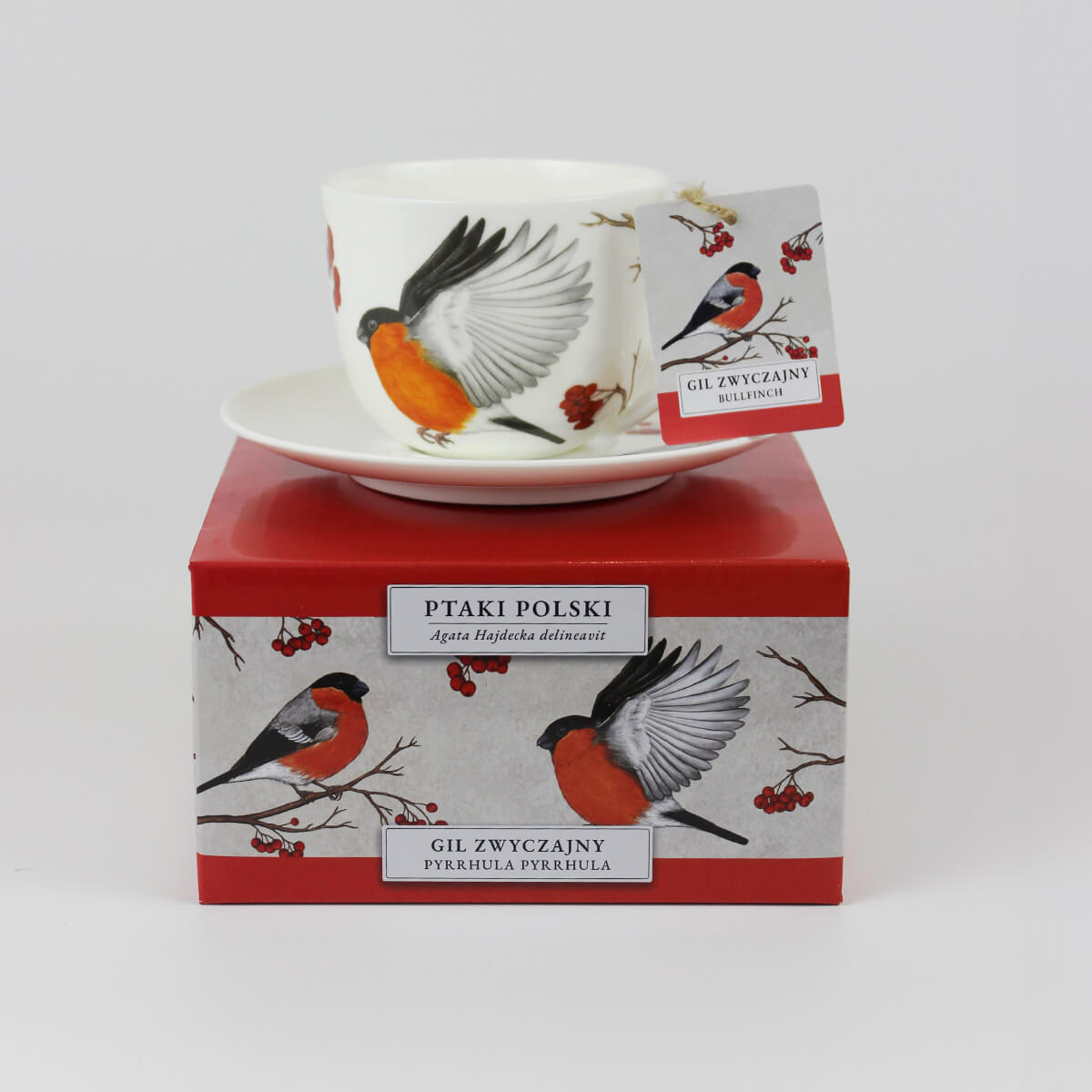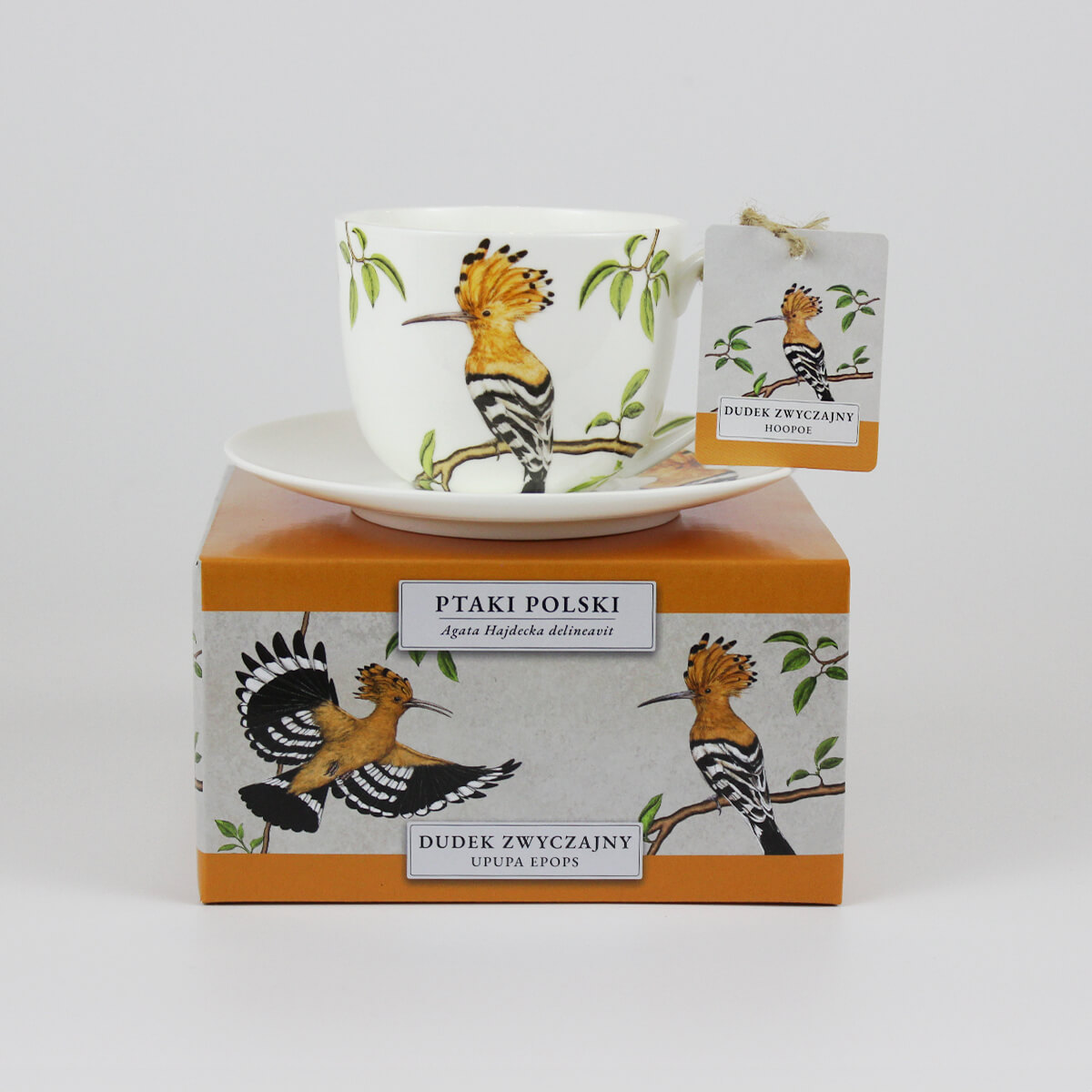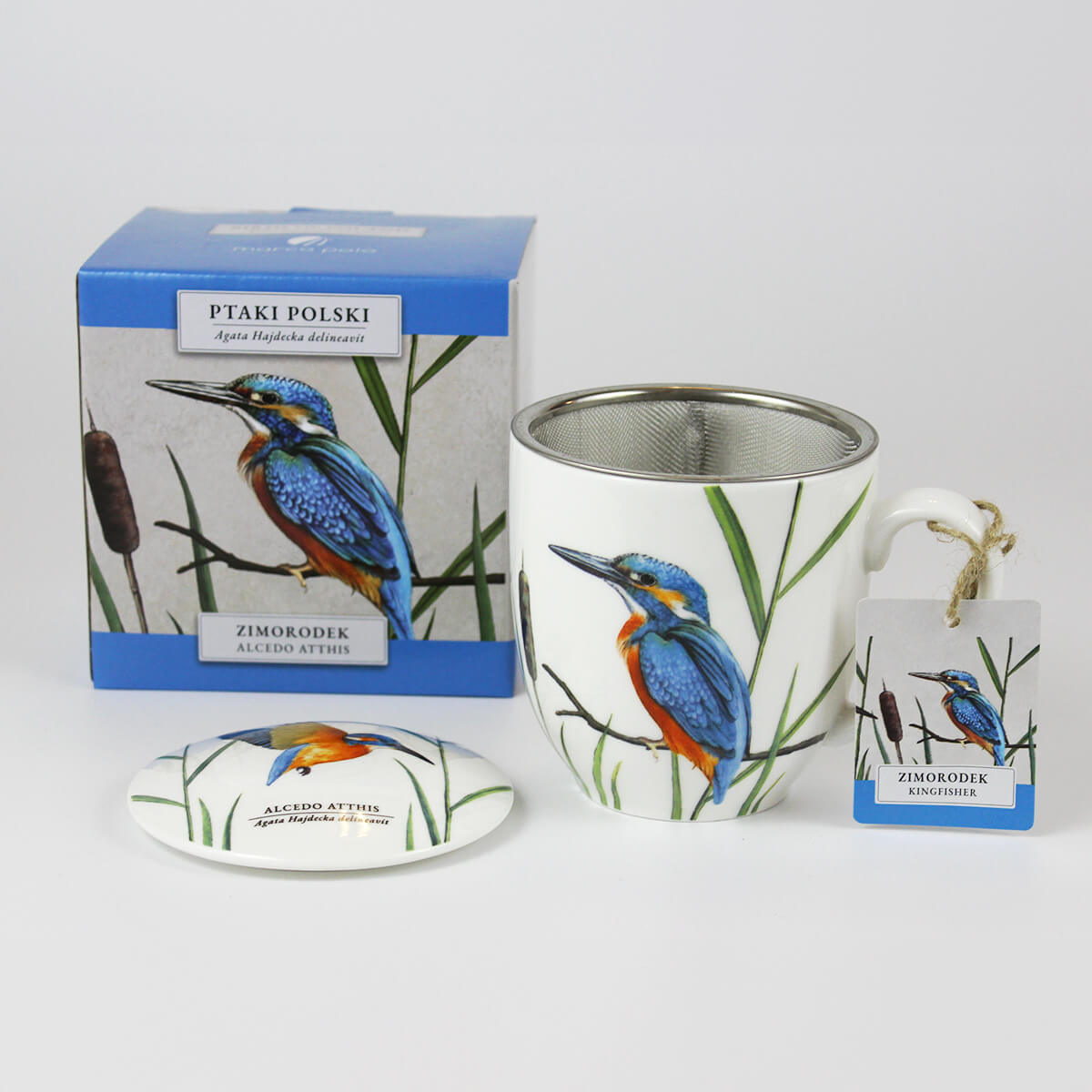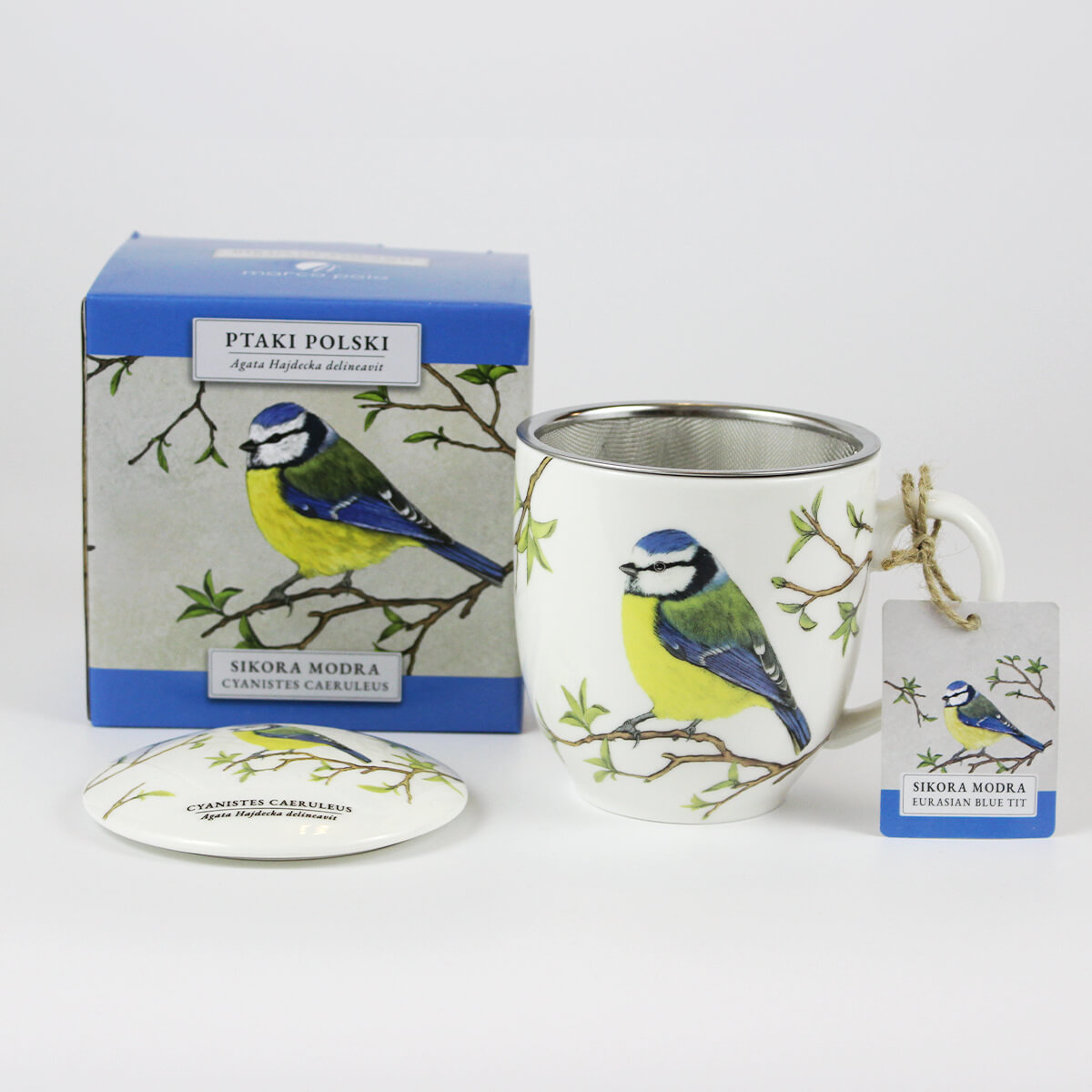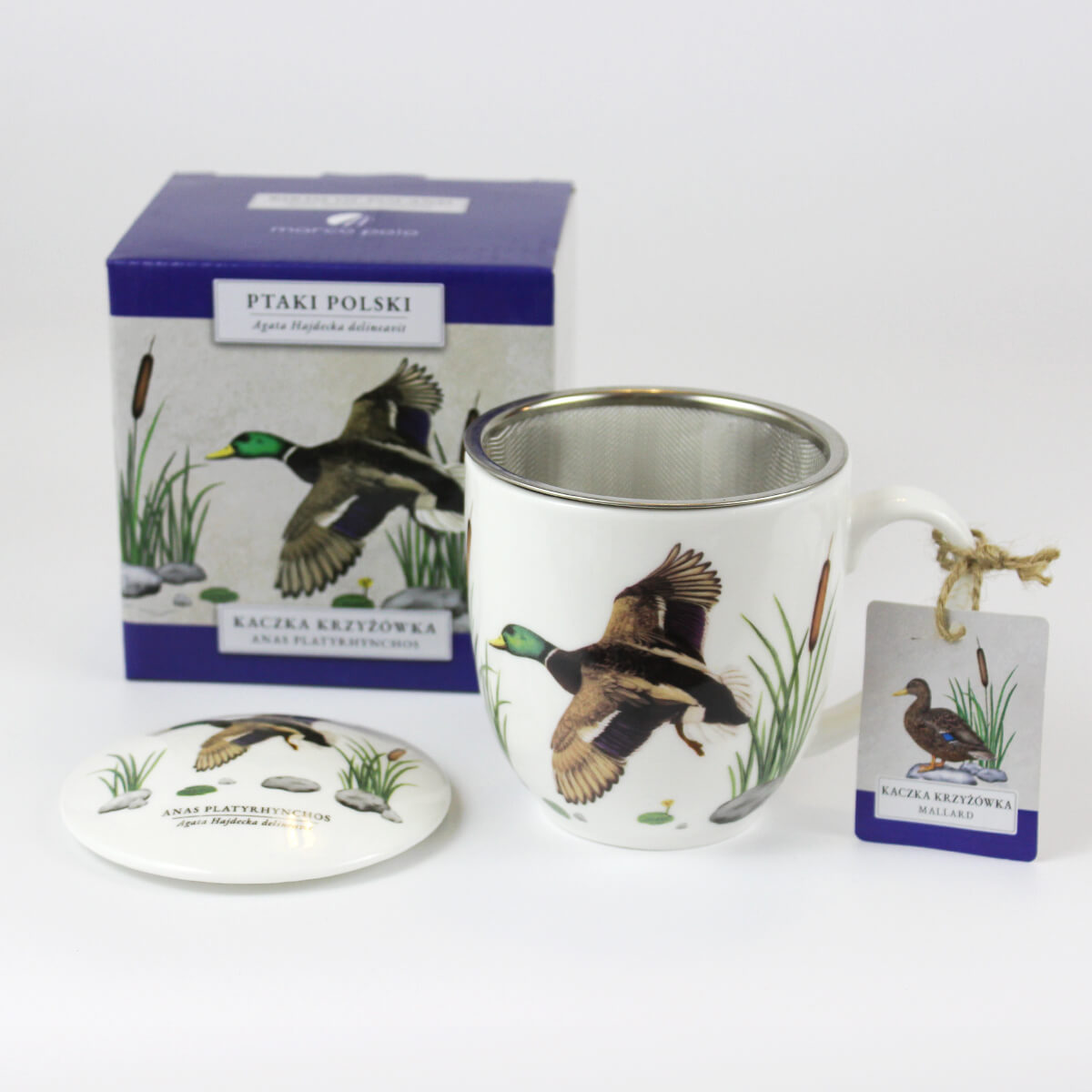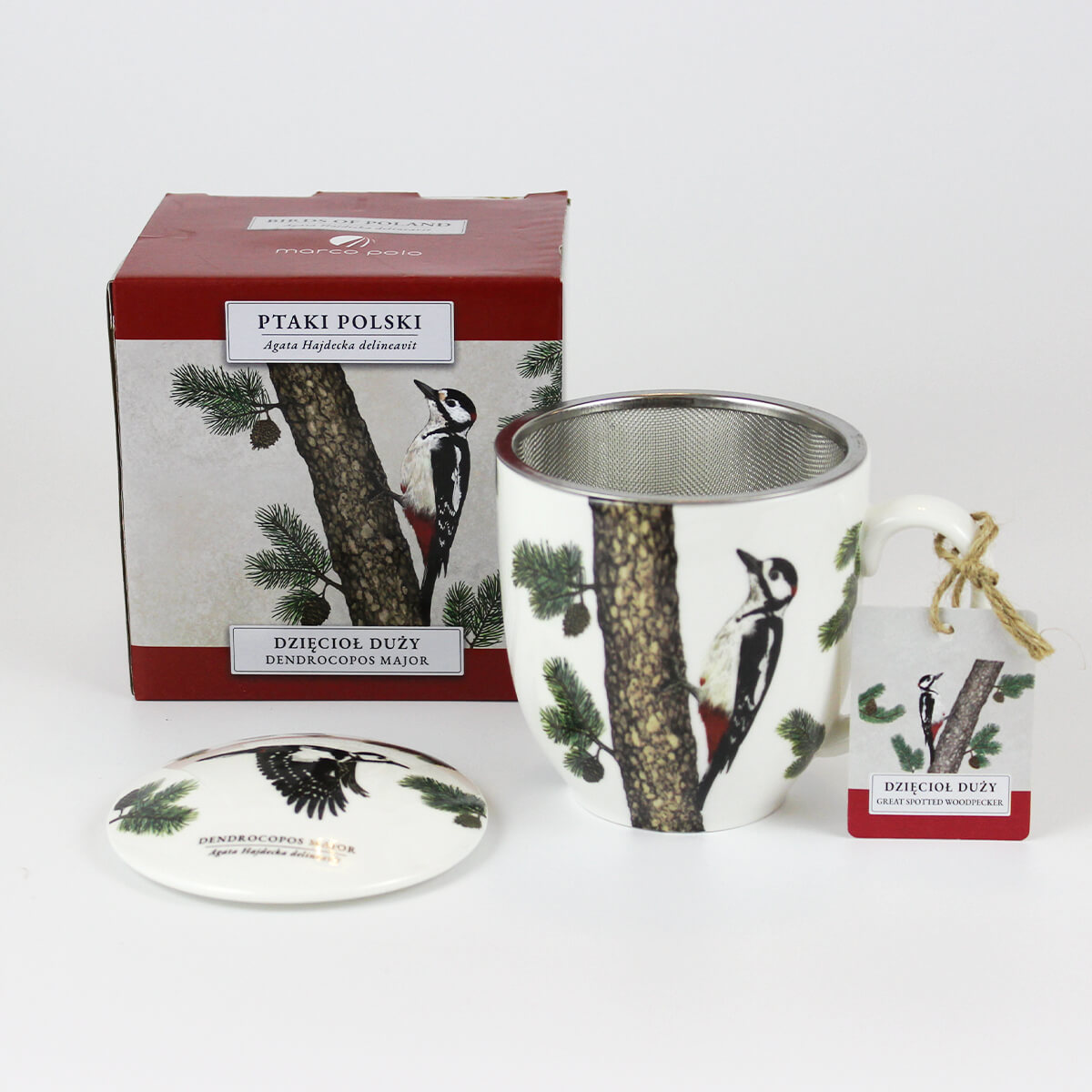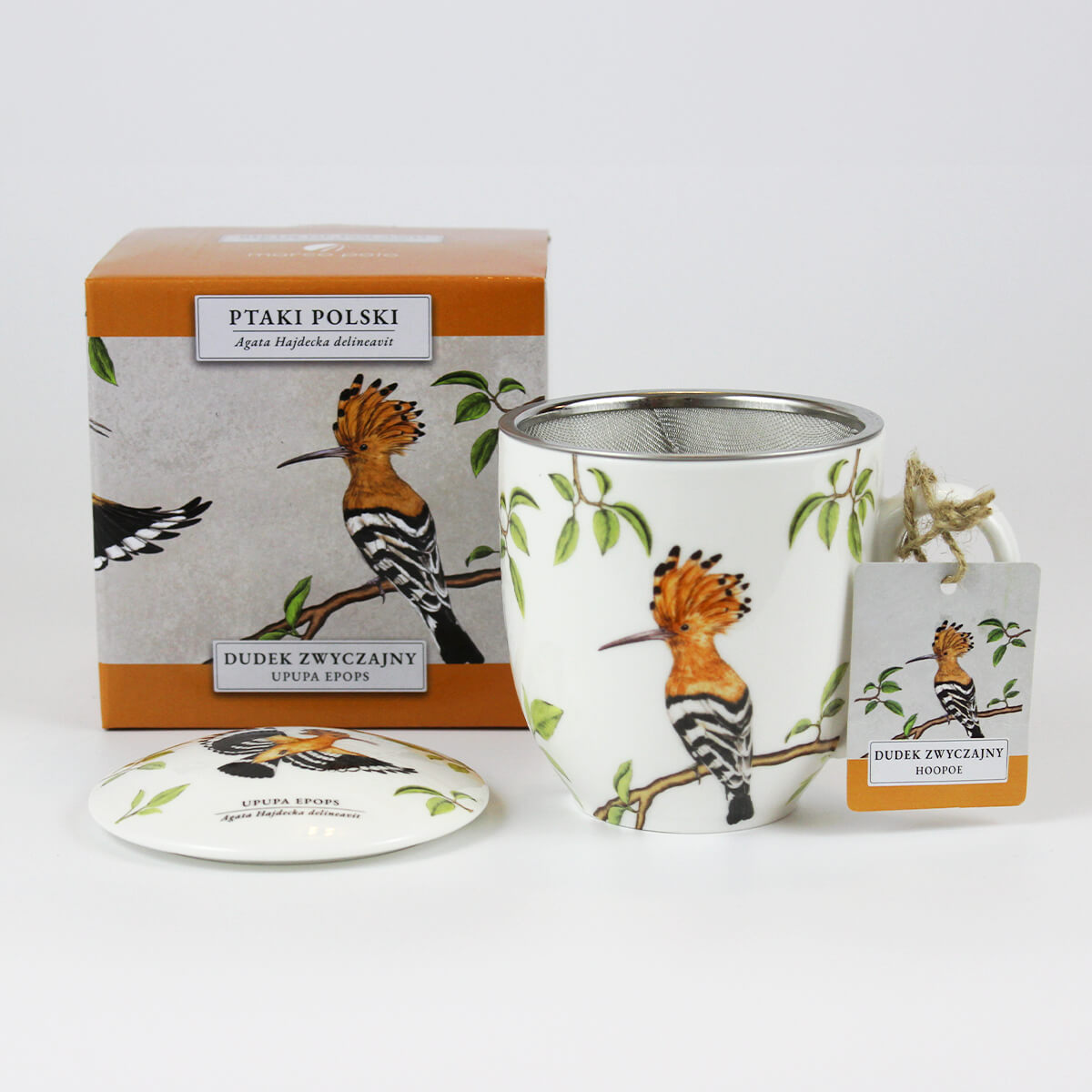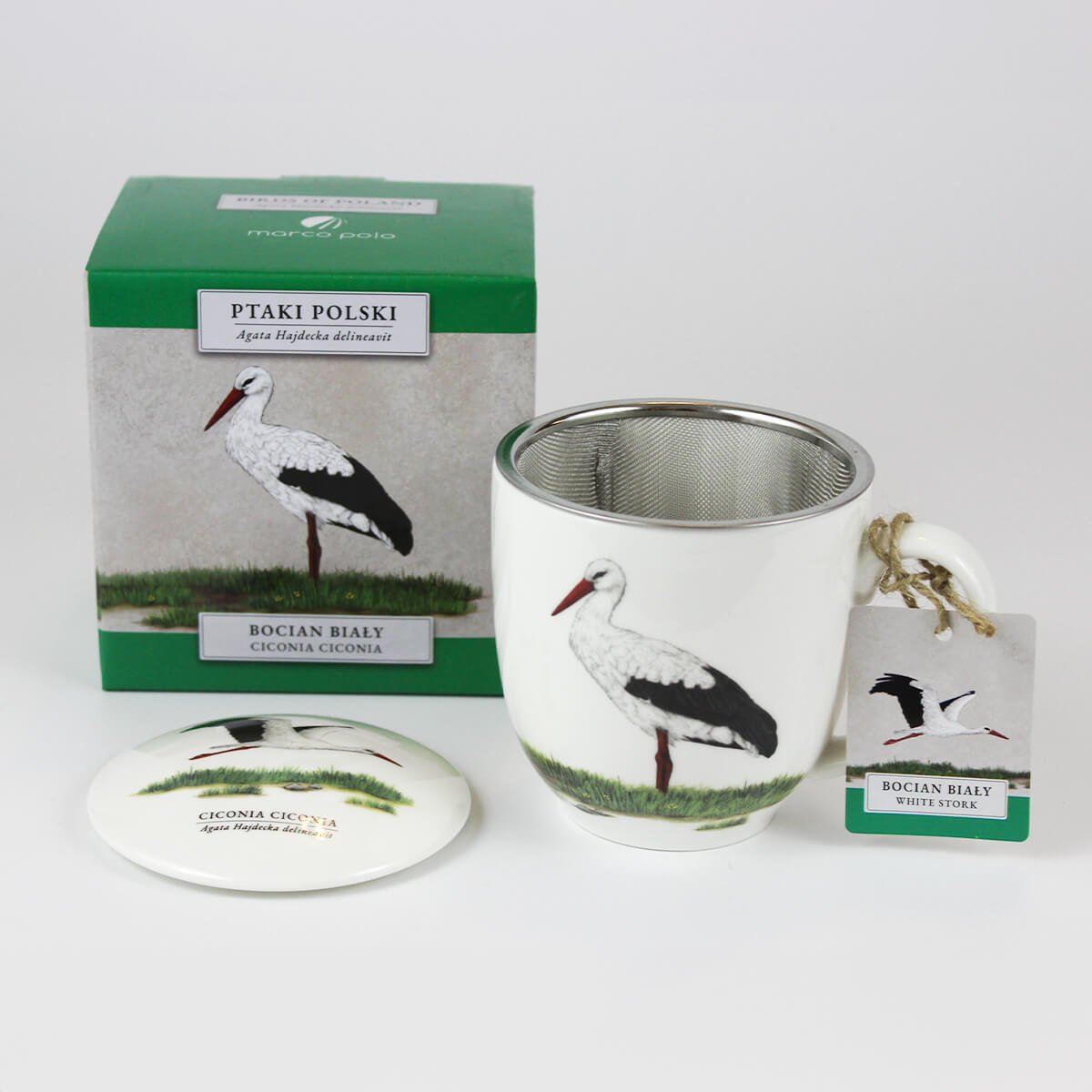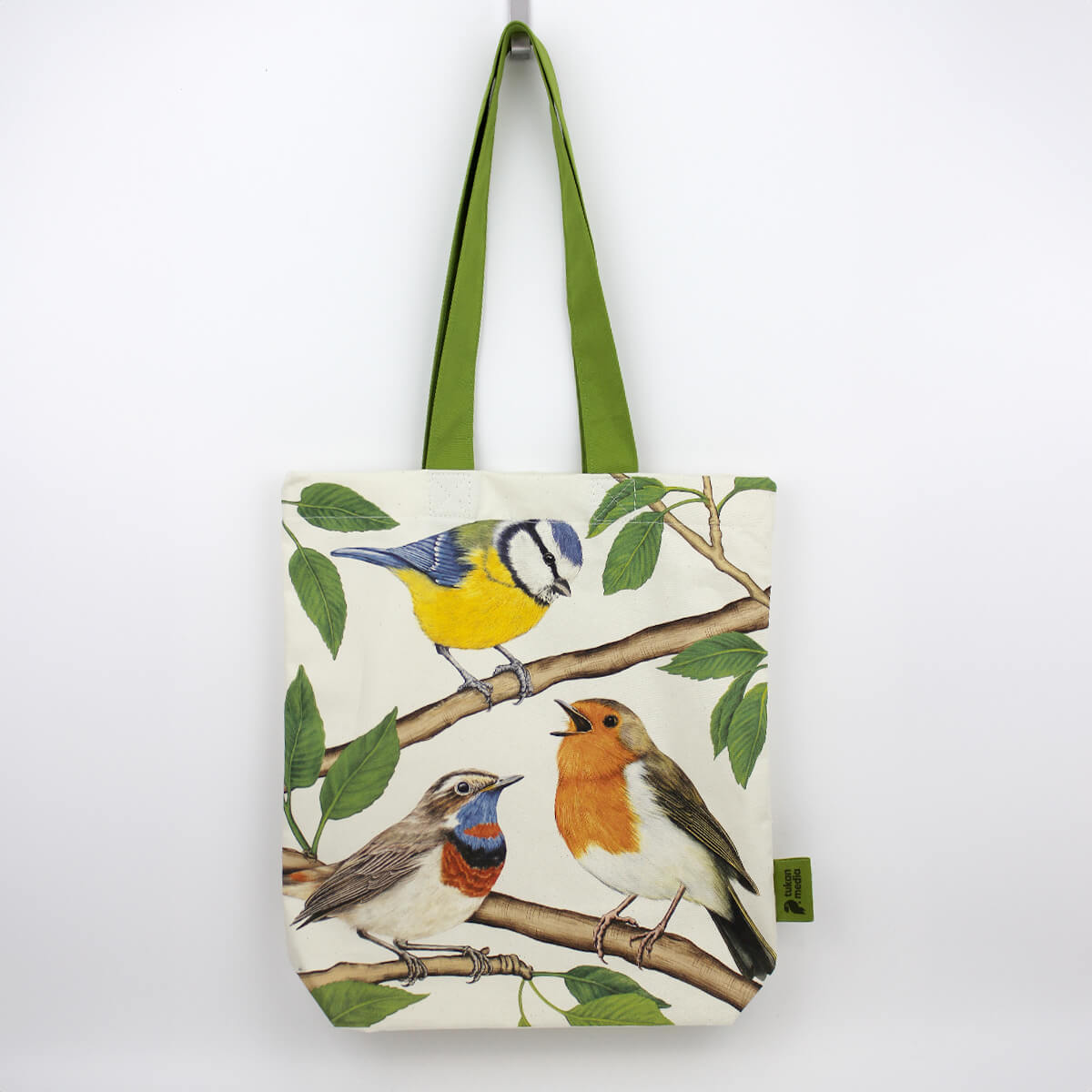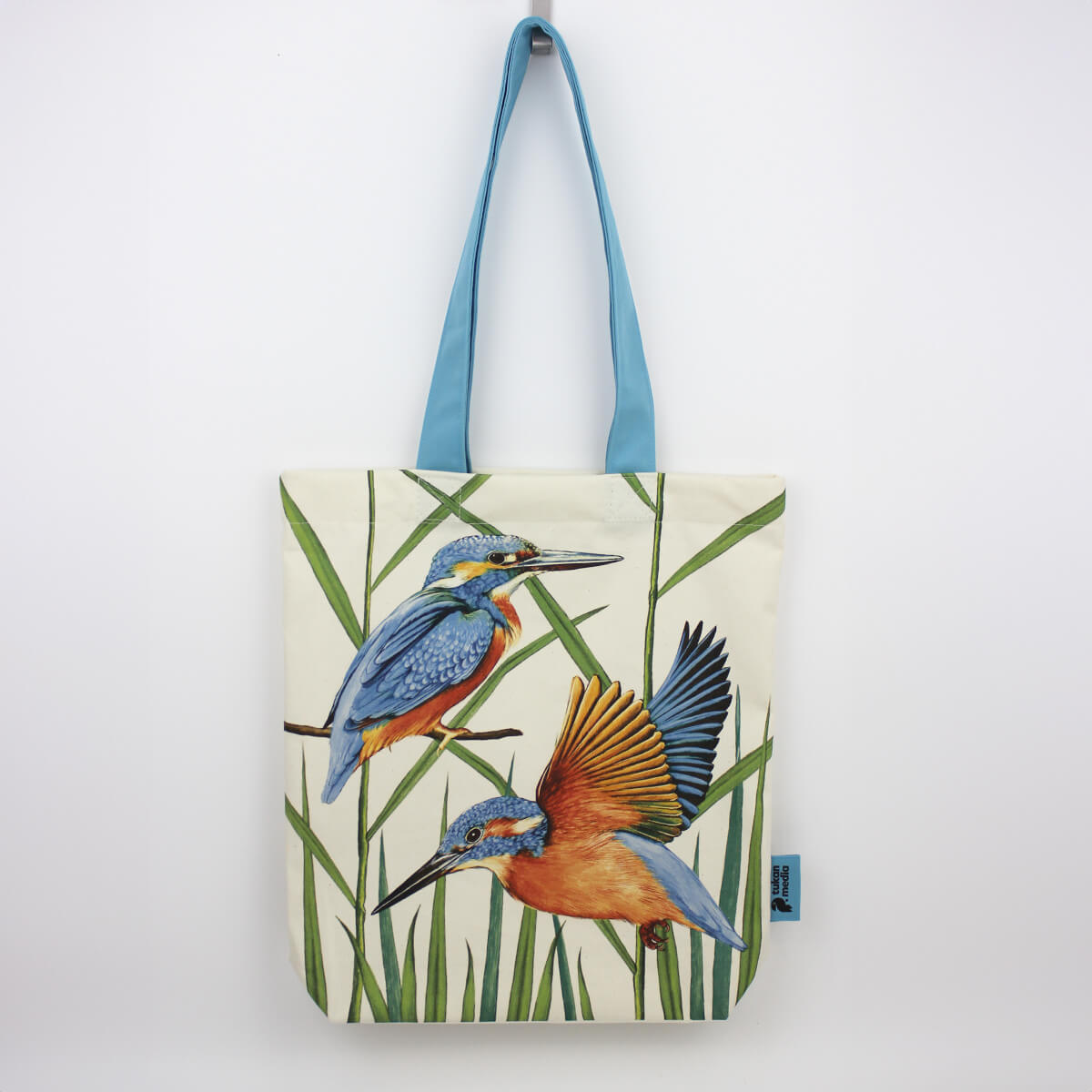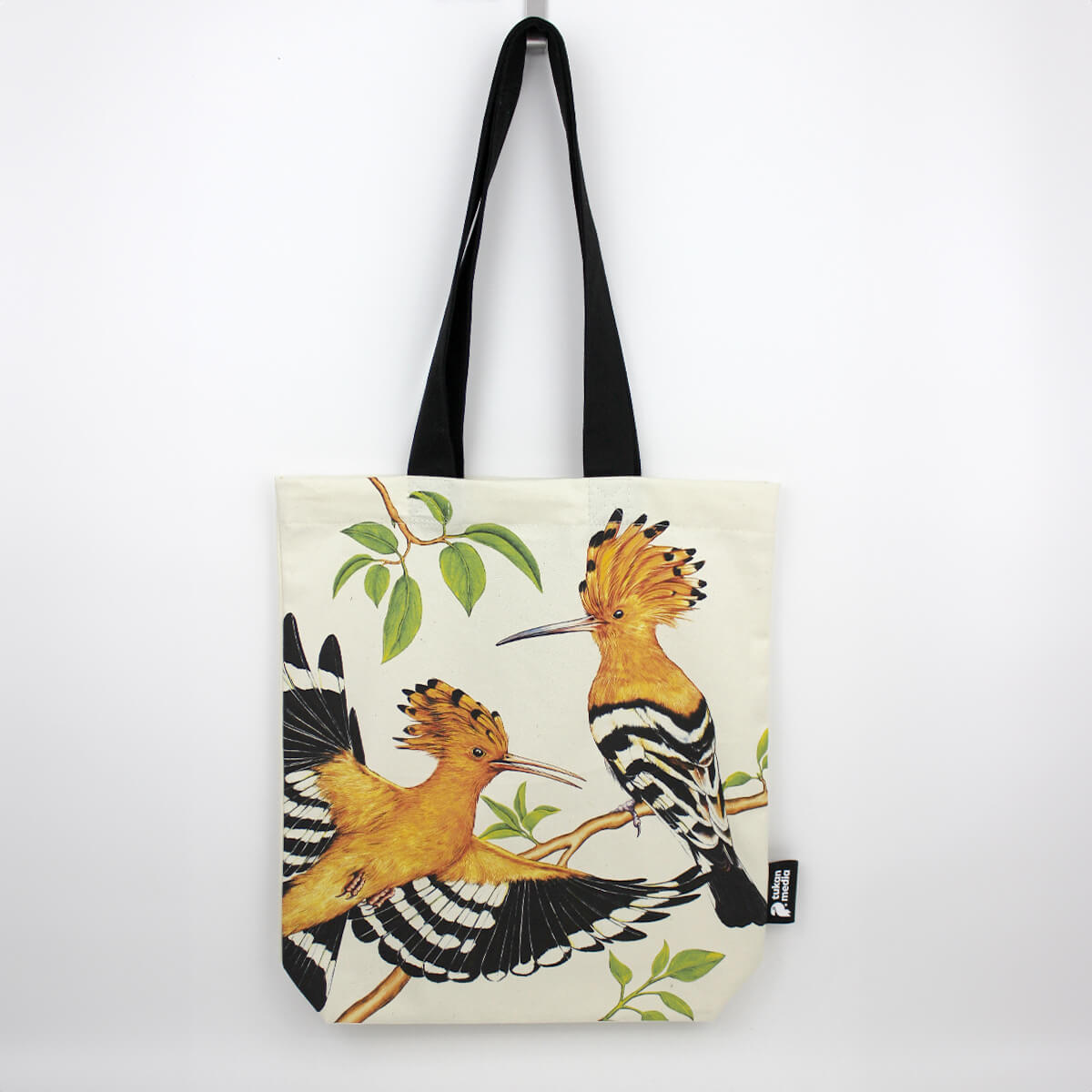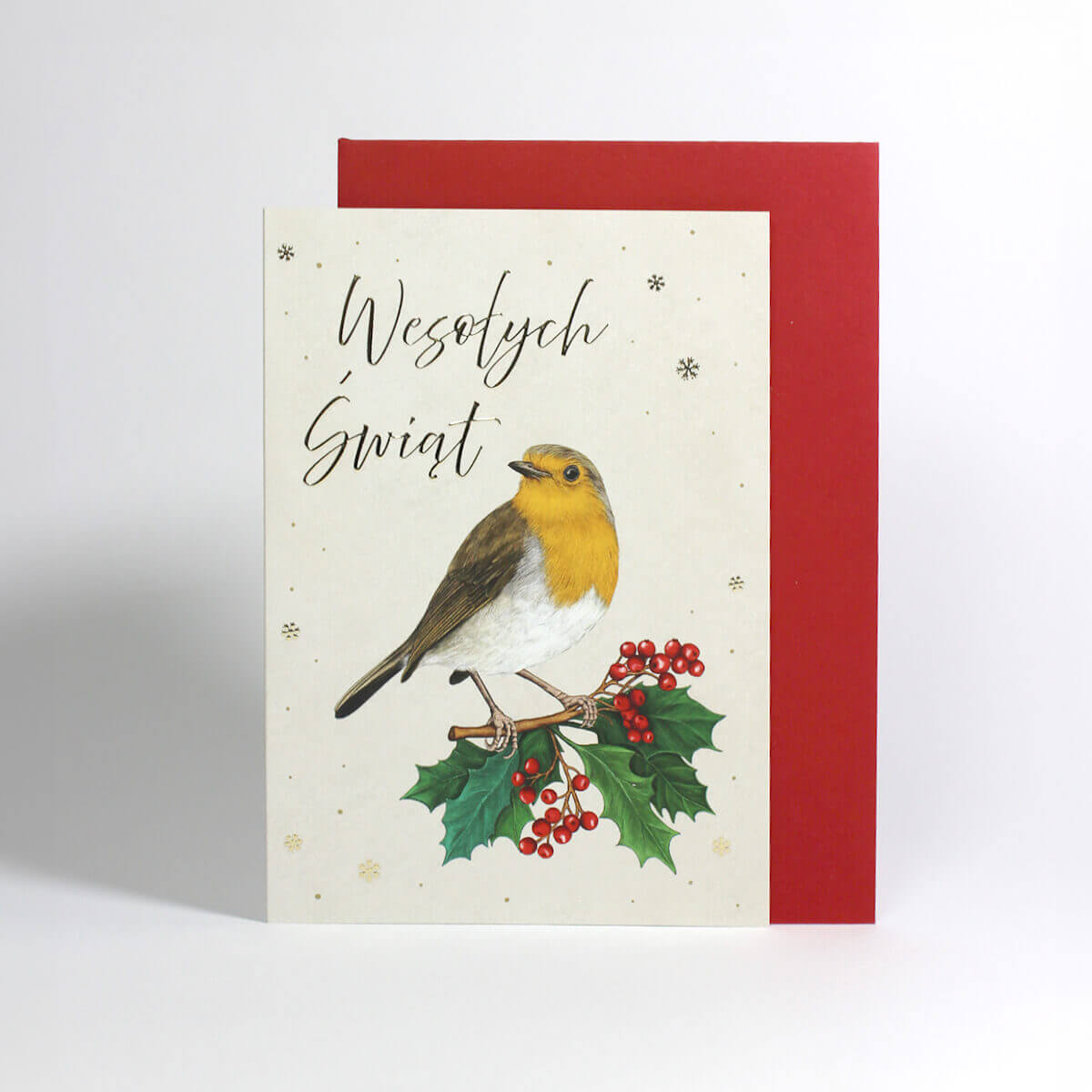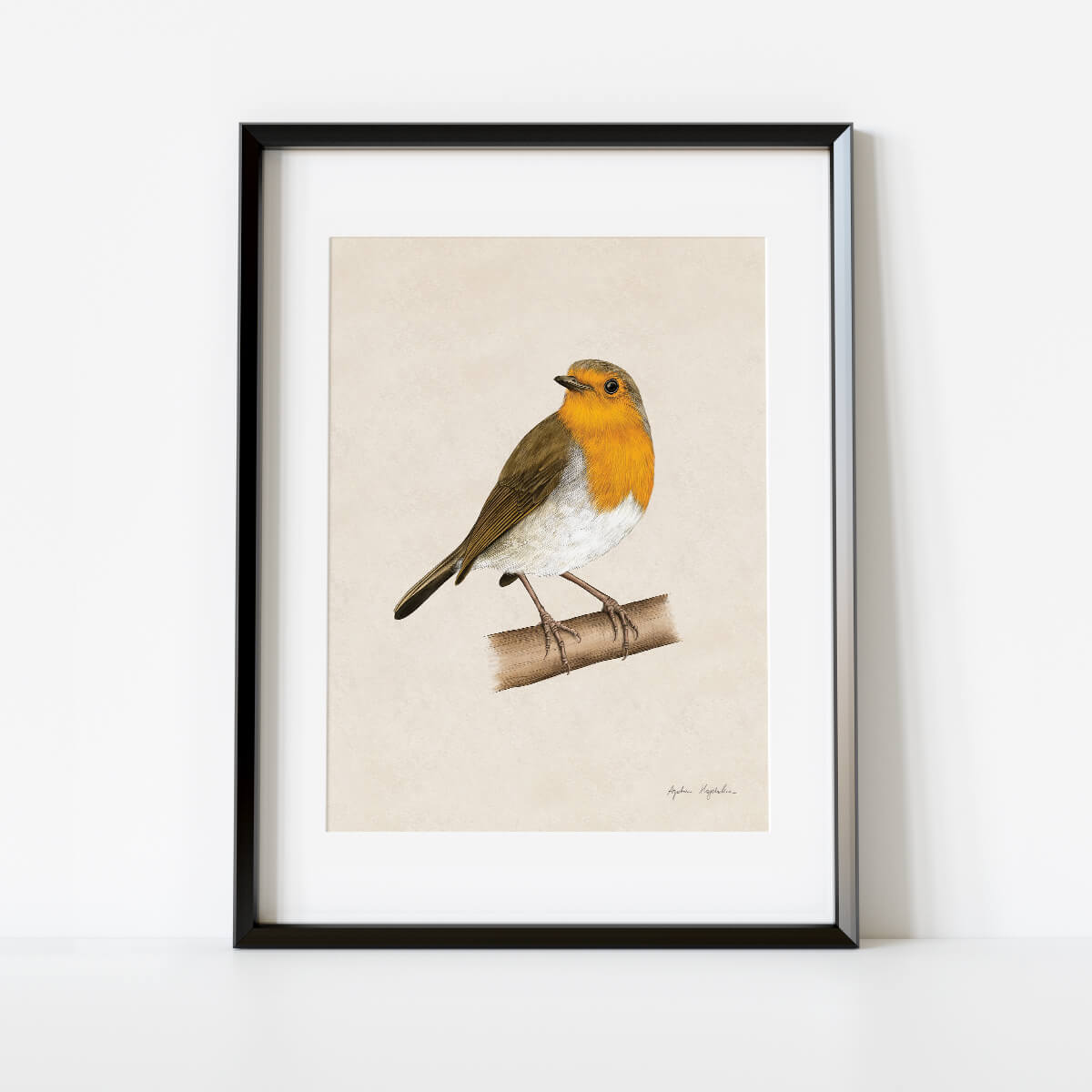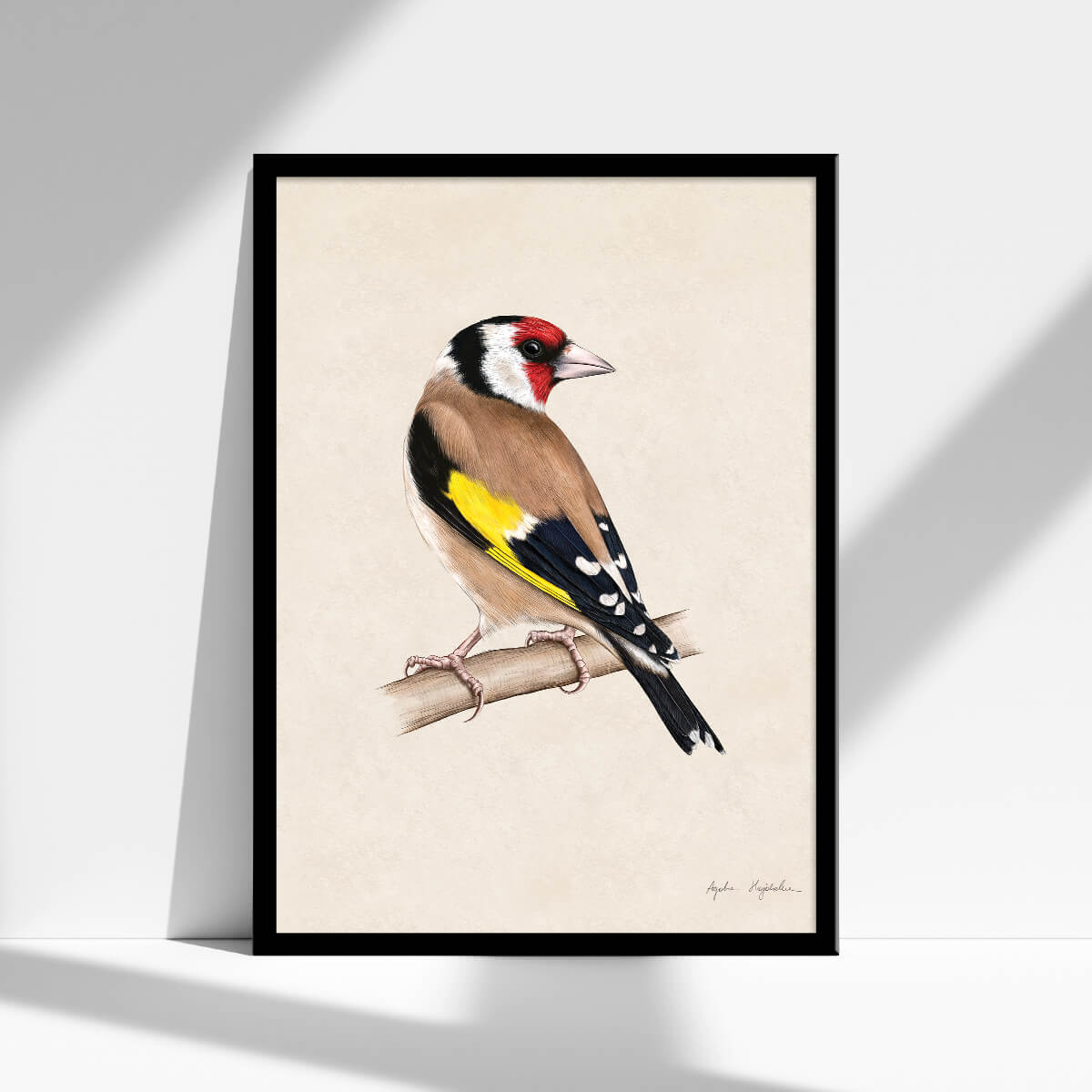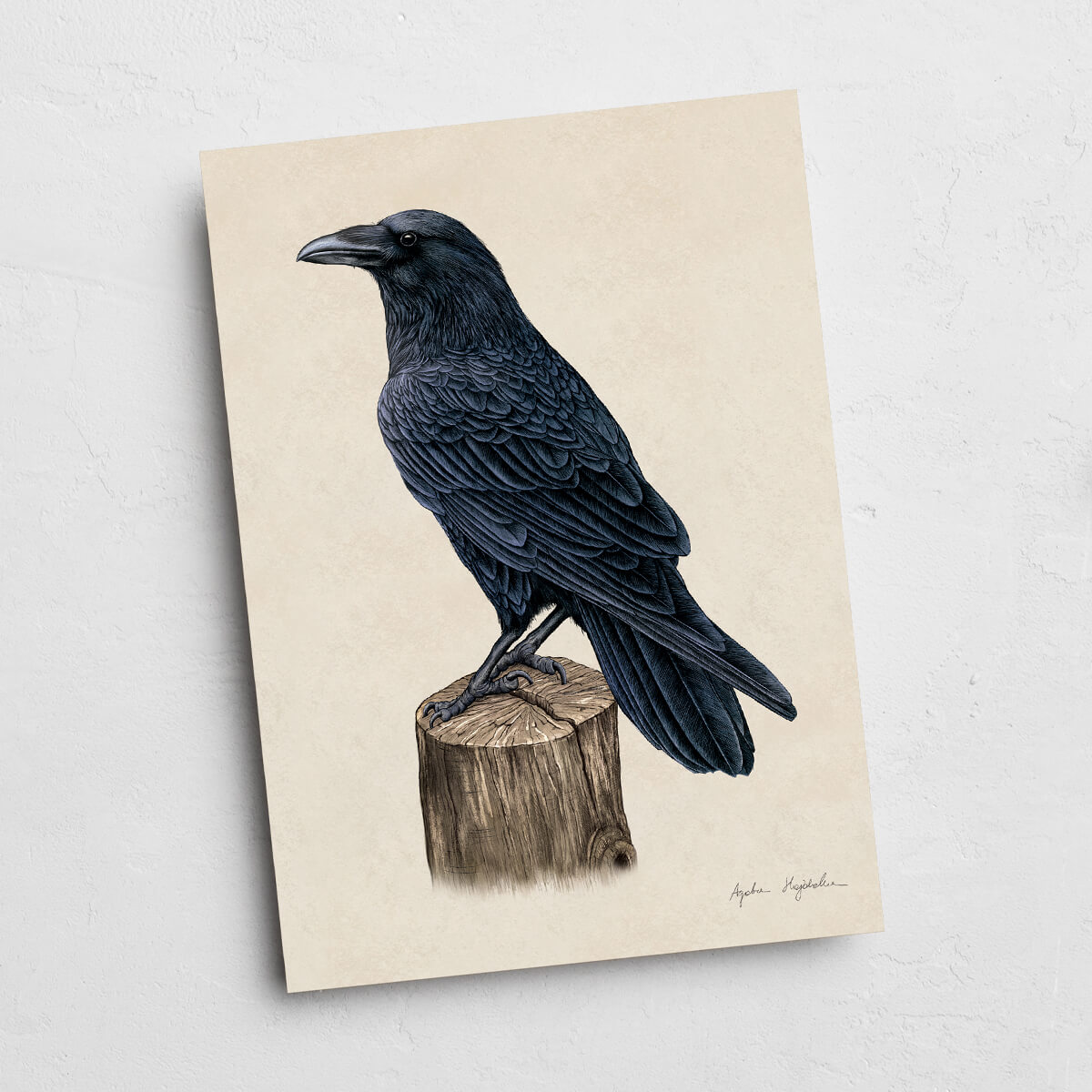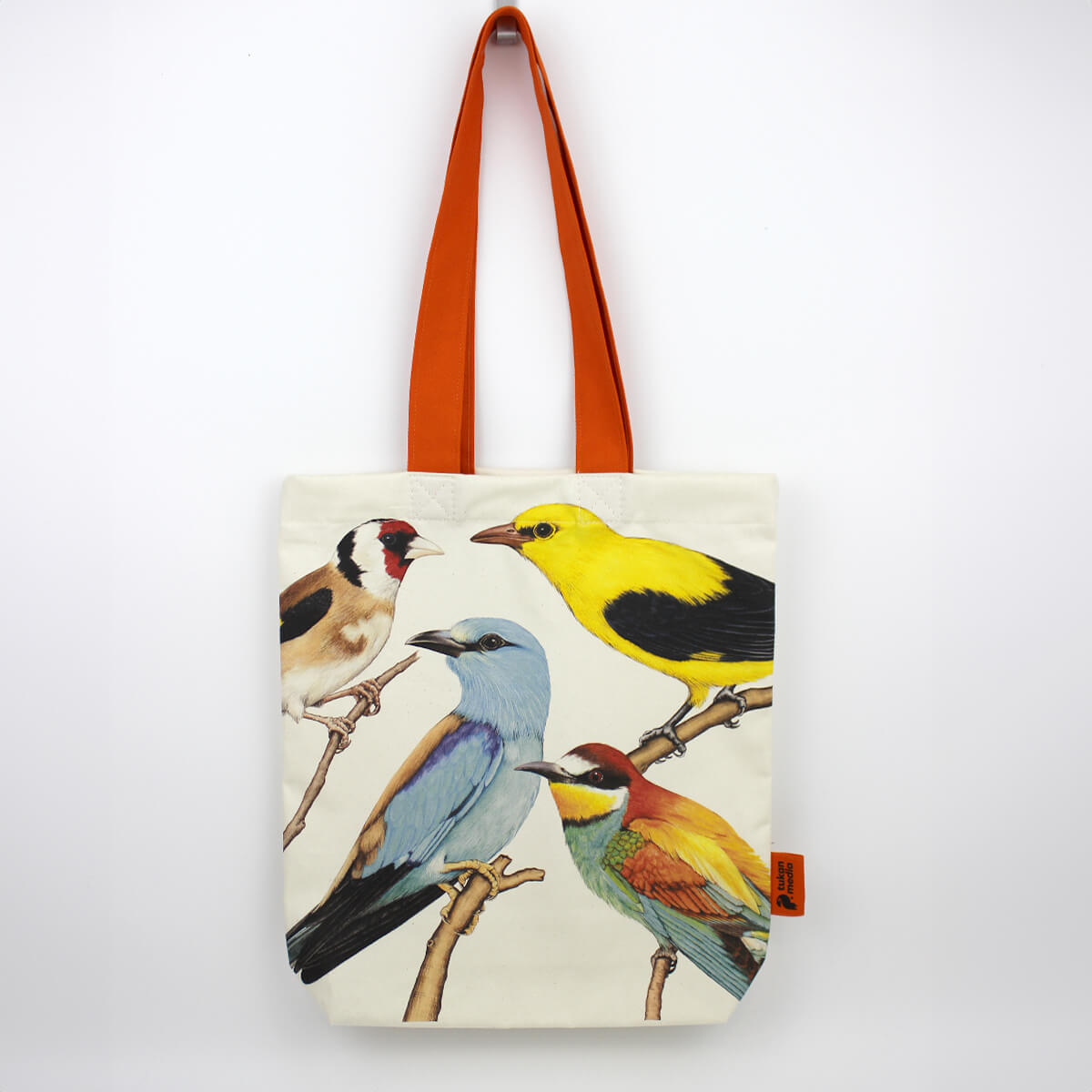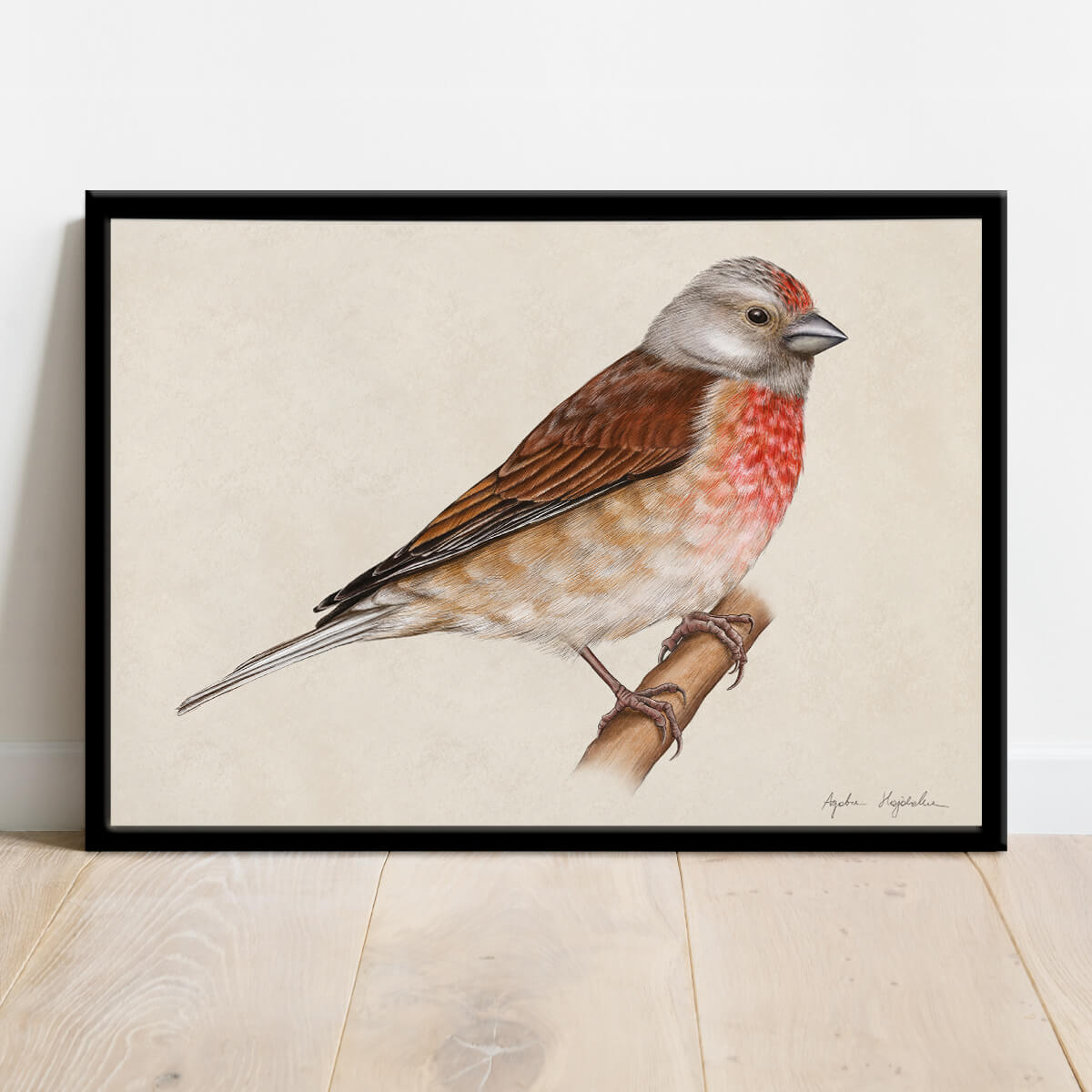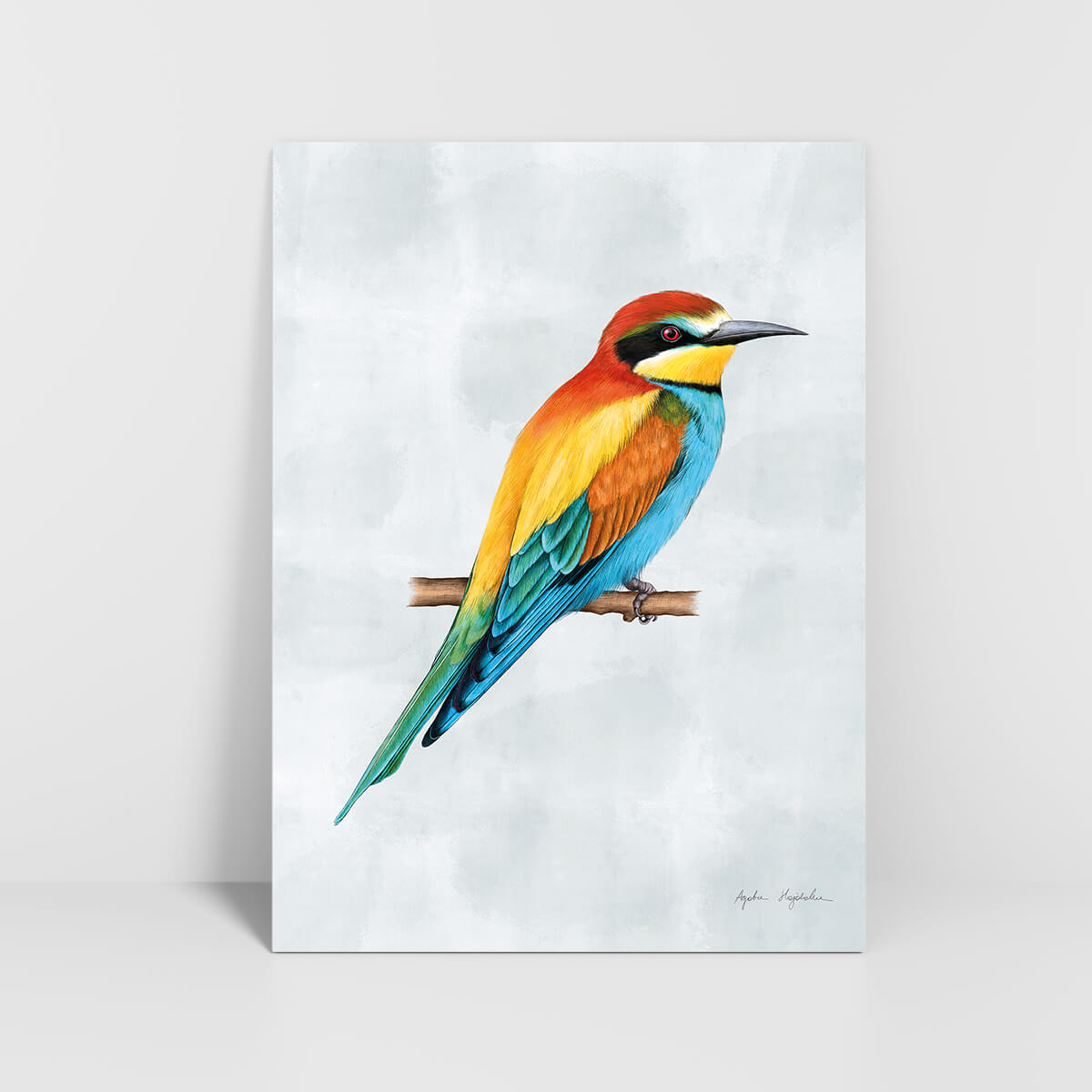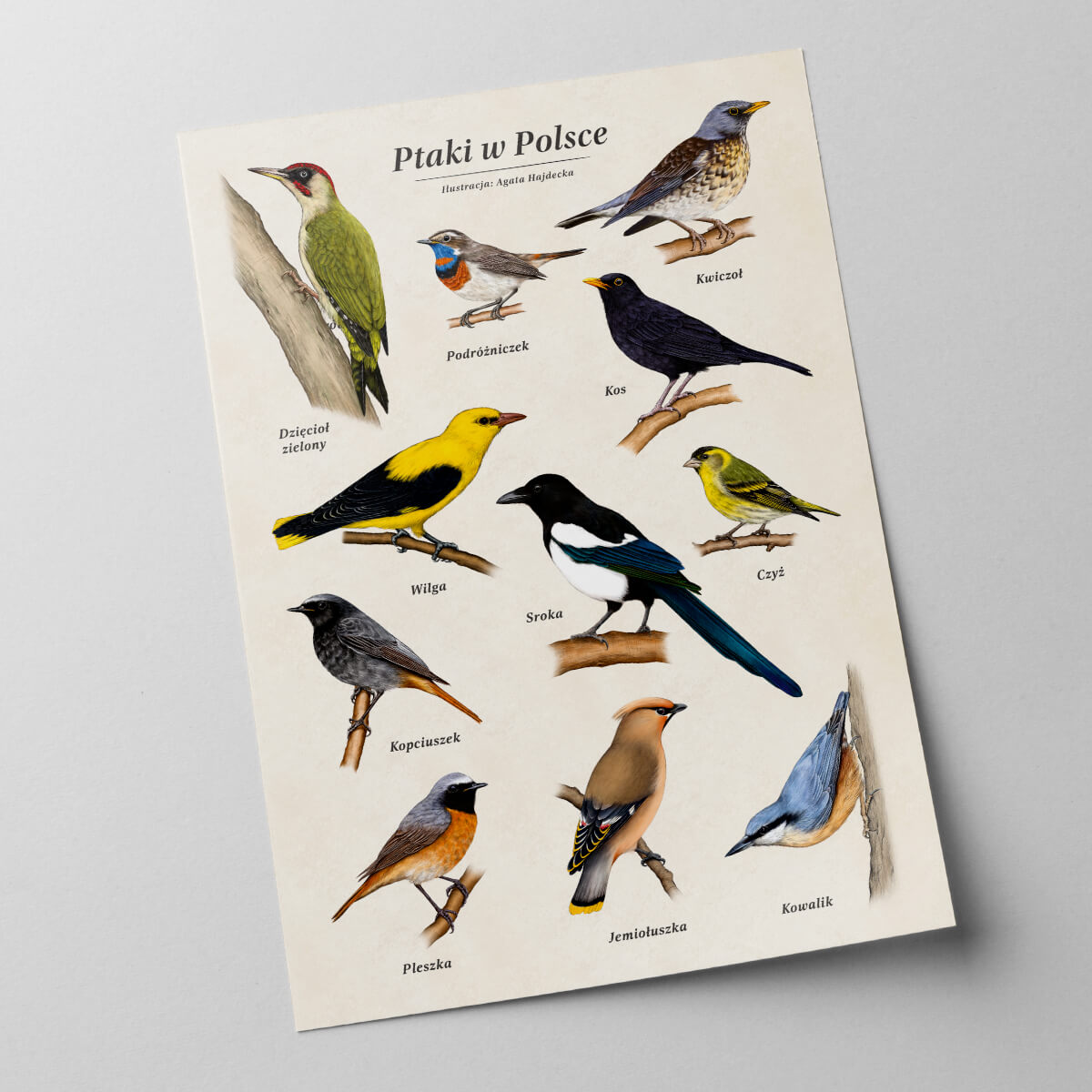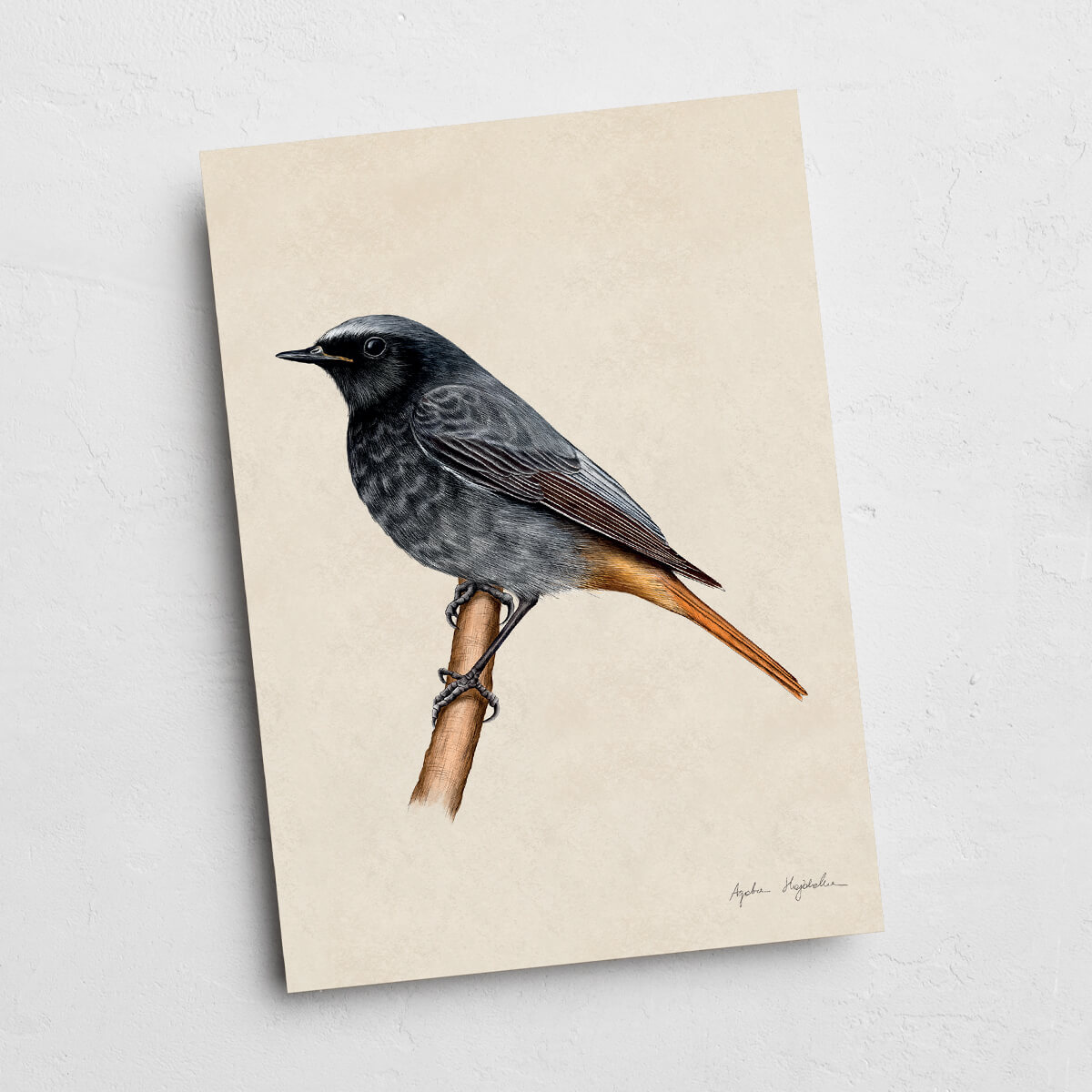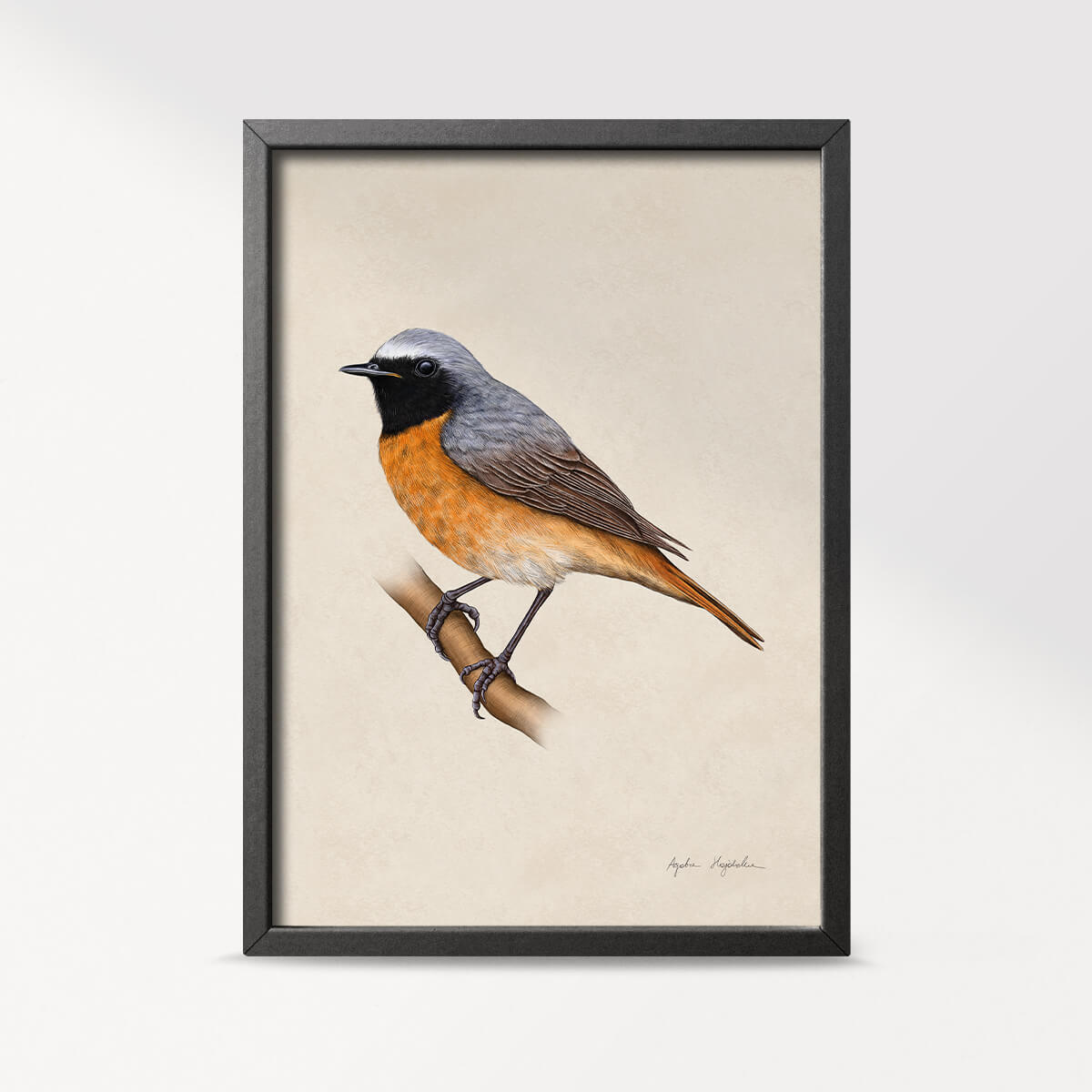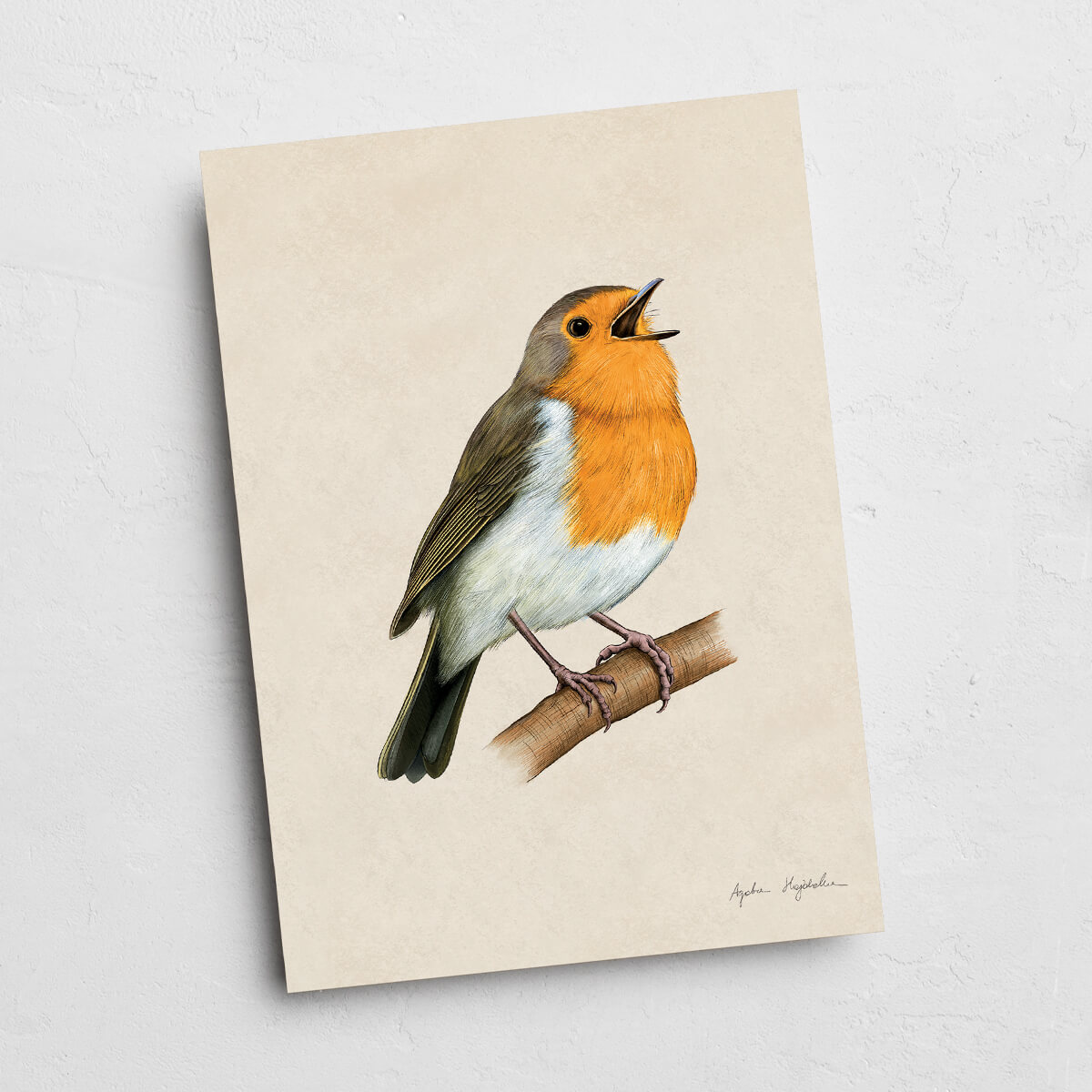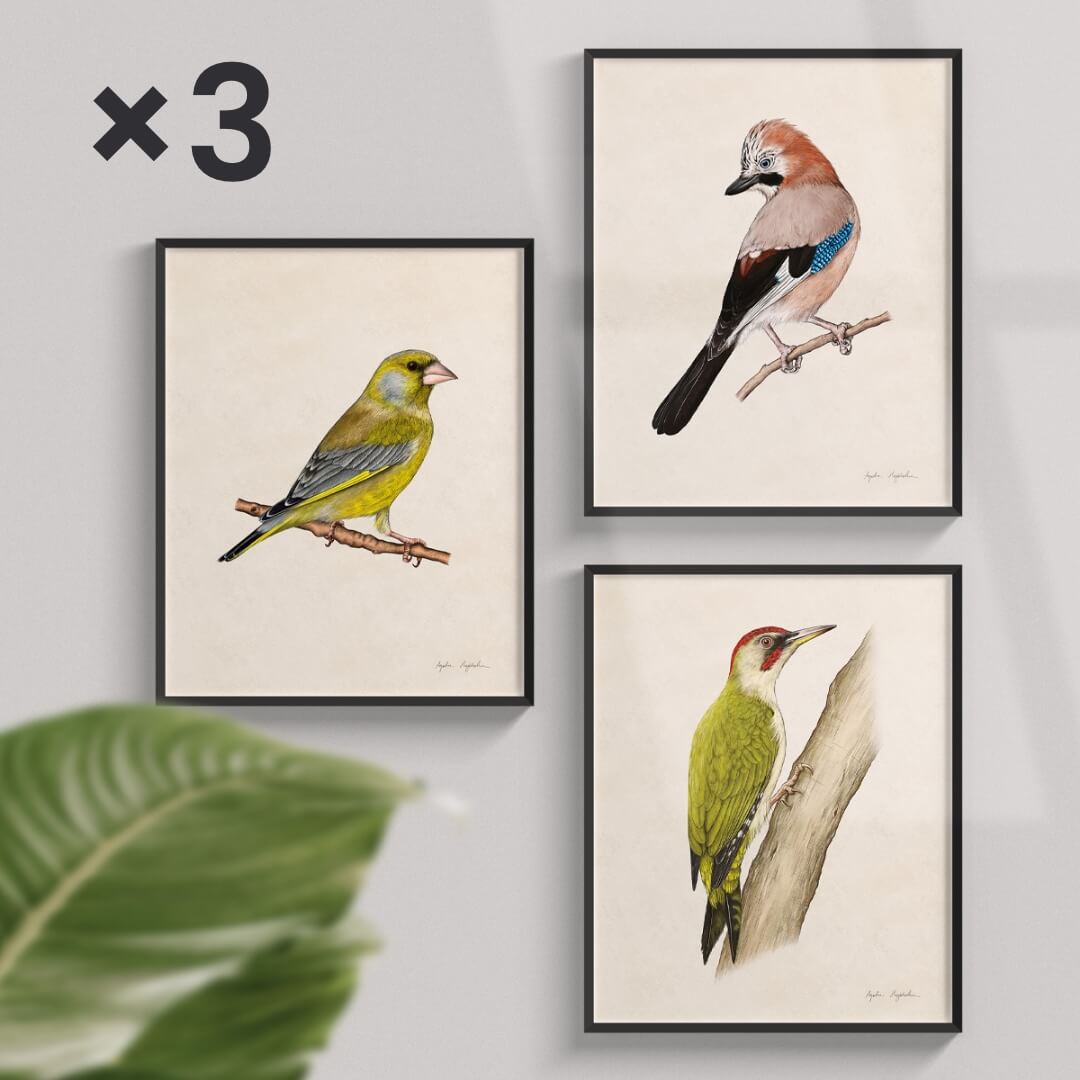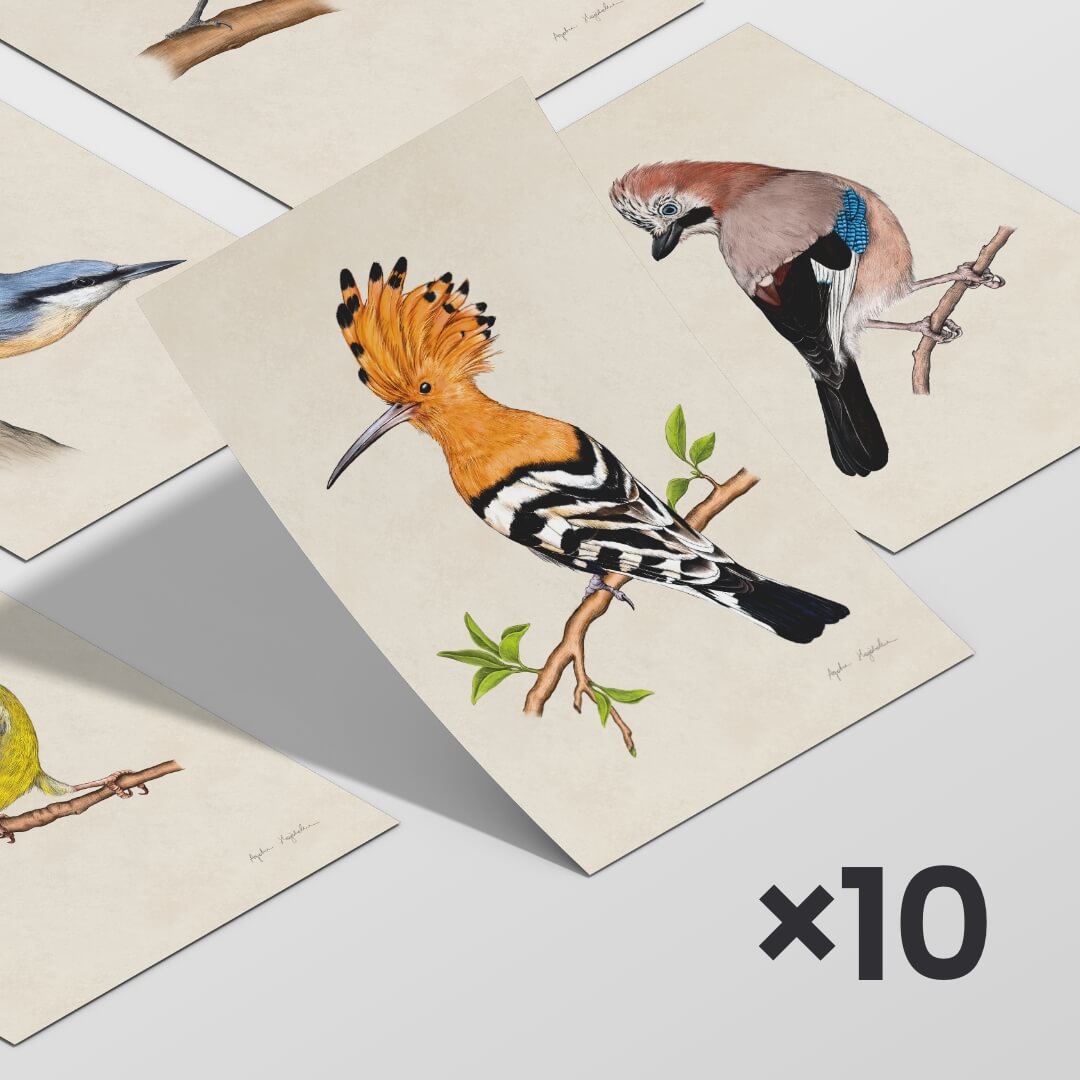- Tukan media
- Explore birds
- Barn Swallow
Barn Swallow
These widely known Polish birds – the barn swallows – choose buildings as their nesting sites and often stay near humans. They have a slender body with a shiny blue-black upper side and a white or pale orange underside. Their throat and forehead are rust-colored, and they have a distinct black band separating these from the rest of the body. Another distinctive feature is their forked tail, easily noticeable during flight and aiding in identifying the barn swallow.
Barn swallow – a species of swallow known as synanthropic
This enigmatic term refers to birds that live in close proximity to humans and are fully adapted to environments shaped by humans. The Barn Swallow is one of them and willingly settles in buildings, creating its nests there. These nests take the form of a cup made from mud and attached to the wall. The birds lay about 5 eggs in them, which are white with rusty speckles. After over two weeks of incubation, the hatchlings emerge and stay in the nest for about 23 days. It's rare, but Barn Swallows sometimes nest under bridges. This numerous breeding bird is found throughout the country. Barn swallows are migratory birds in Poland – they arrive in April and depart between September and October. They gather in groups of thousands and spend the night in reed beds.
Facts about barn swallows - discover them all!
Before you learn the surprising facts about barn swallows, it's worth mentioning other species of swallows in Poland - these include the house martin and the sand martin, while the barn swallow is most closely associated with human buildings, making it the most recognizable.
- Barn swallows feed on insects caught in flight - their diet includes various types of flying insects such as Hymenoptera, beetles, flies, and mosquitoes.
- They are monogamous birds, but under interesting conditions - they form pairs for life, but reproduce with other members of their species.
- Male barn swallows can display aggression and fiercely defend their territory and nest, even attacking cats or martens.
- Their agile and swift flight allows them to survive, but they can sometimes fall prey to flying predators – in Poland, the sparrowhawk hunts them.
- In Africa, barn swallows are considered a culinary delicacy.
- Females, when choosing mates, assess their tails – both length and symmetry matter. This is an indicator of good physical condition.
- To observe barn swallows, direct your gaze to telephone lines and power cables. These are the places where these birds like to perch and sing.
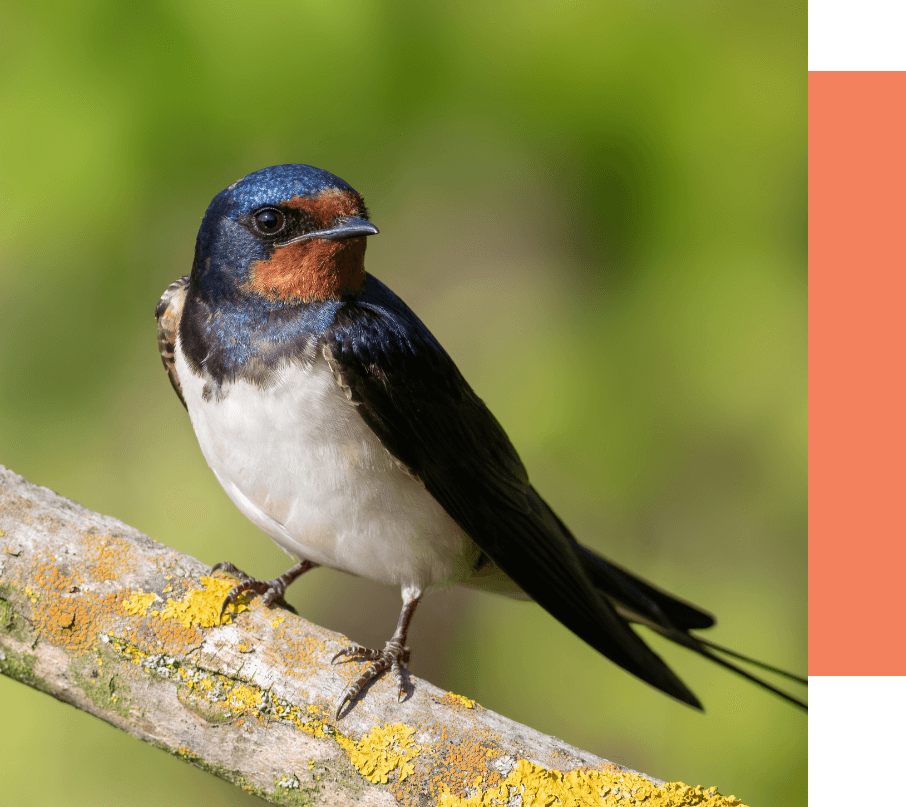
Listen to the voice
Gadgets with an illustration of a barn swallow.
The swallow - as a symbol of spring - is associated with warmth and brings positive energy. Invite it into your interiors as well by choosing illustrations with the image of this bird. Check out the whole offer and choose something for yourself.
View products with the barn swallow
20.00 zł – 120.00 zł
600.00 zł 500.00 zł
20.00 zł – 120.00 zł
Barn swallow - Additional Information
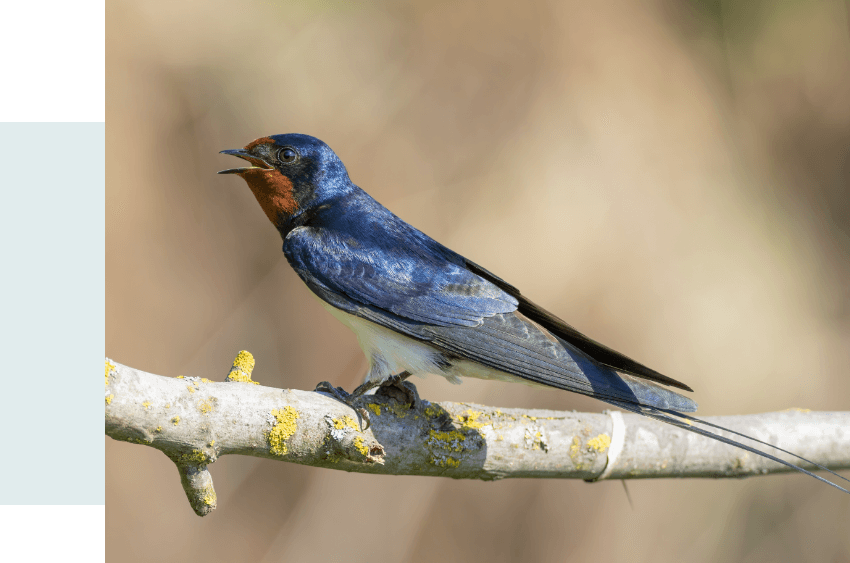
Barn Swallow
Hirundo rustica
Family
Swallows
Locations of Occurrence
The entire country
Food
Small flying insects
Population
Very numerous breeding bird
Migrations
Migratory, arrival: April, departure: September-October
Breeding
4-6 whitish, rust-spotted eggs. Incubation: 14-16 days. Young leave the nest after 18-23 days.
See other products with birds
89.00 zł
89.00 zł
20.00 zł – 120.00 zł
20.00 zł – 120.00 zł
20.00 zł – 120.00 zł
60.00 zł – 120.00 zł
20.00 zł – 120.00 zł
20.00 zł – 120.00 zł
20.00 zł – 120.00 zł
267.00 zł 230.00 zł
553.00 zł 499.00 zł
400.00 zł 375.00 zł
464.00 zł 439.00 zł
237.00 zł 225.00 zł
150.00 zł 143.00 zł
174.00 zł 165.00 zł
89.00 zł
50.00 zł
50.00 zł
58.00 zł
79.00 zł
79.00 zł
79.00 zł
79.00 zł
79.00 zł
50.00 zł
50.00 zł
50.00 zł
50.00 zł
50.00 zł
89.00 zł
89.00 zł
20.00 zł – 120.00 zł
20.00 zł – 120.00 zł
20.00 zł – 120.00 zł
20.00 zł – 120.00 zł
89.00 zł
20.00 zł – 120.00 zł
20.00 zł – 120.00 zł
60.00 zł – 120.00 zł
20.00 zł – 120.00 zł
20.00 zł – 120.00 zł
20.00 zł – 120.00 zł
600.00 zł 500.00 zł
160.00 zł – 320.00 zł
450.00 zł 400.00 zł
